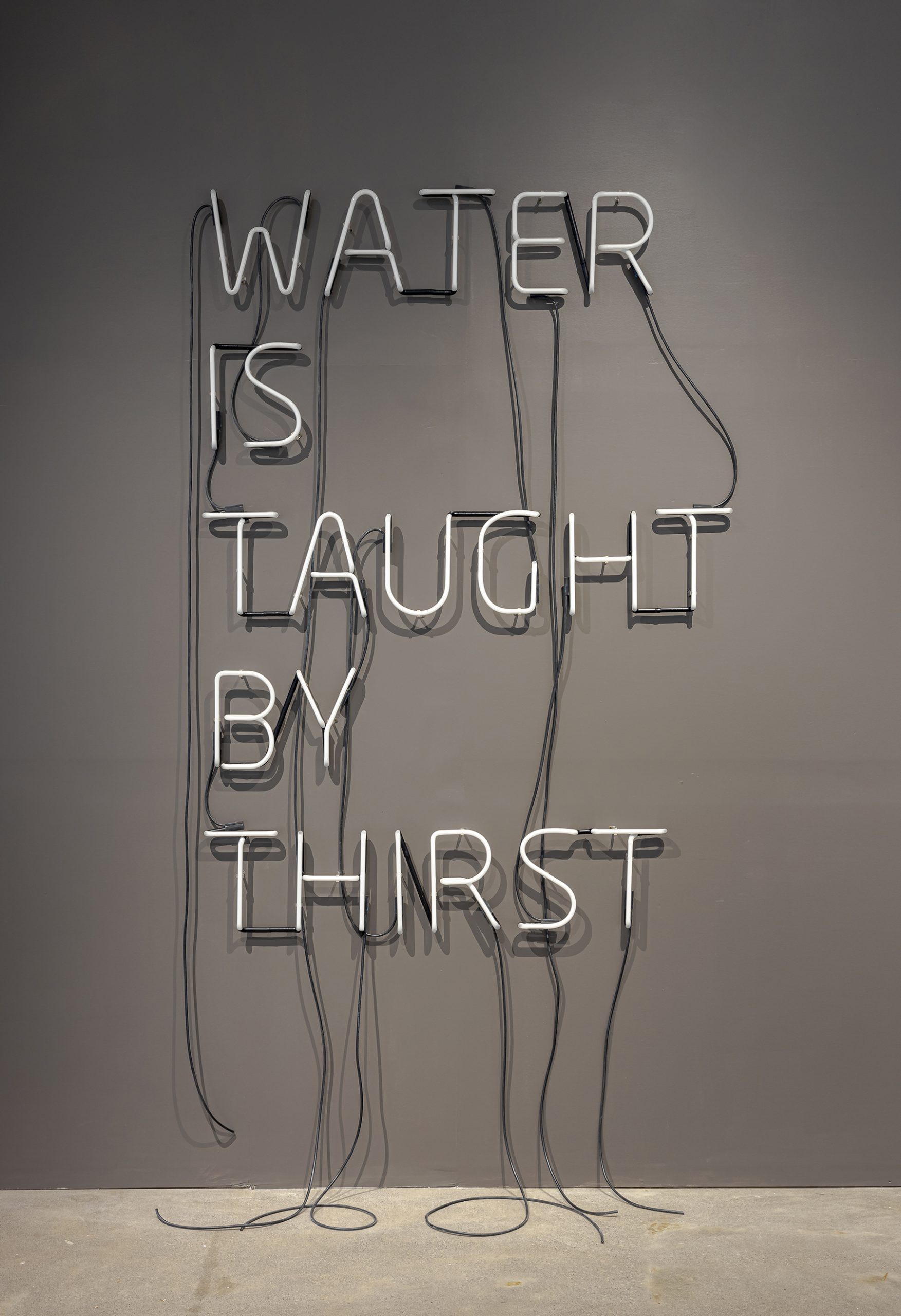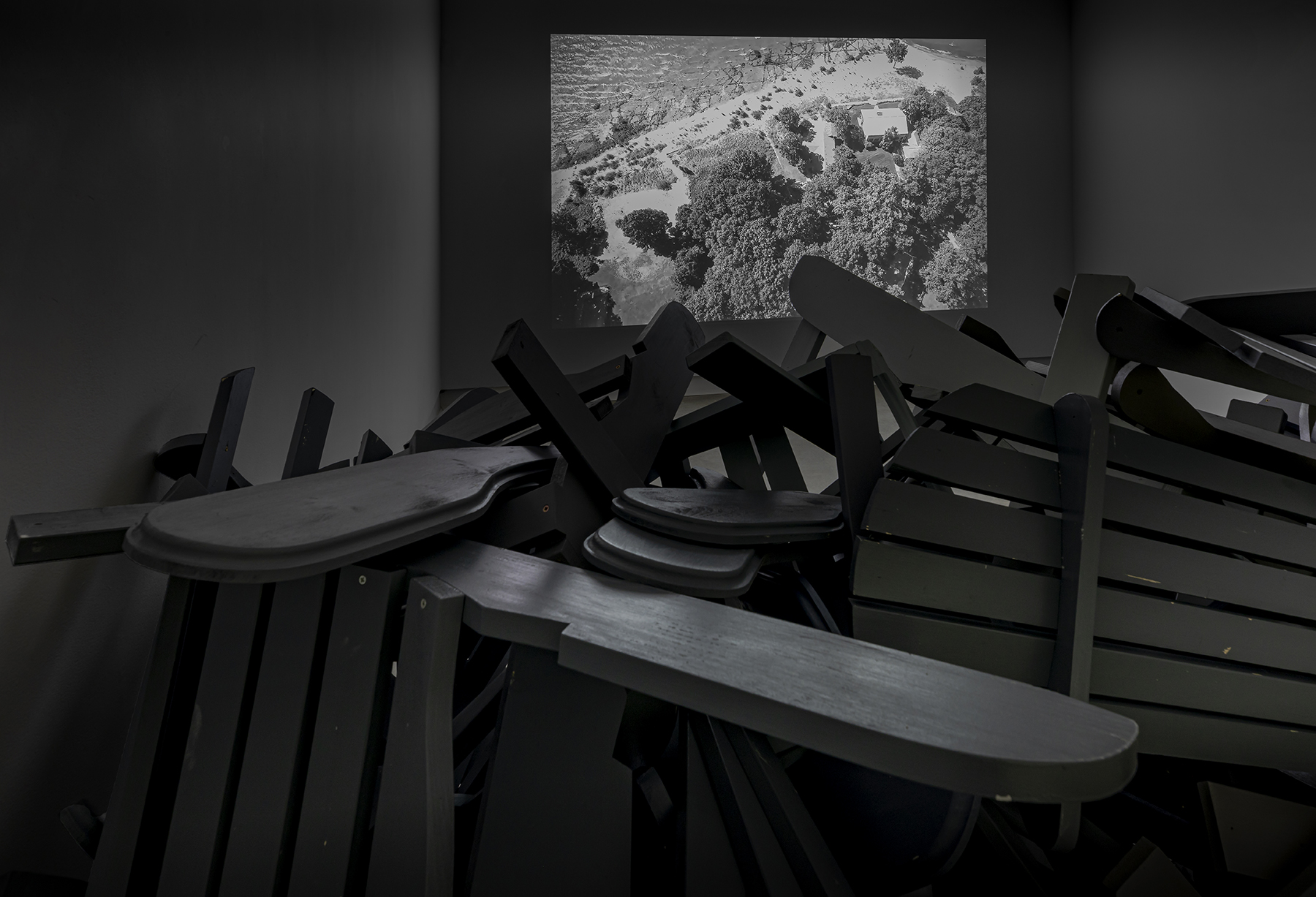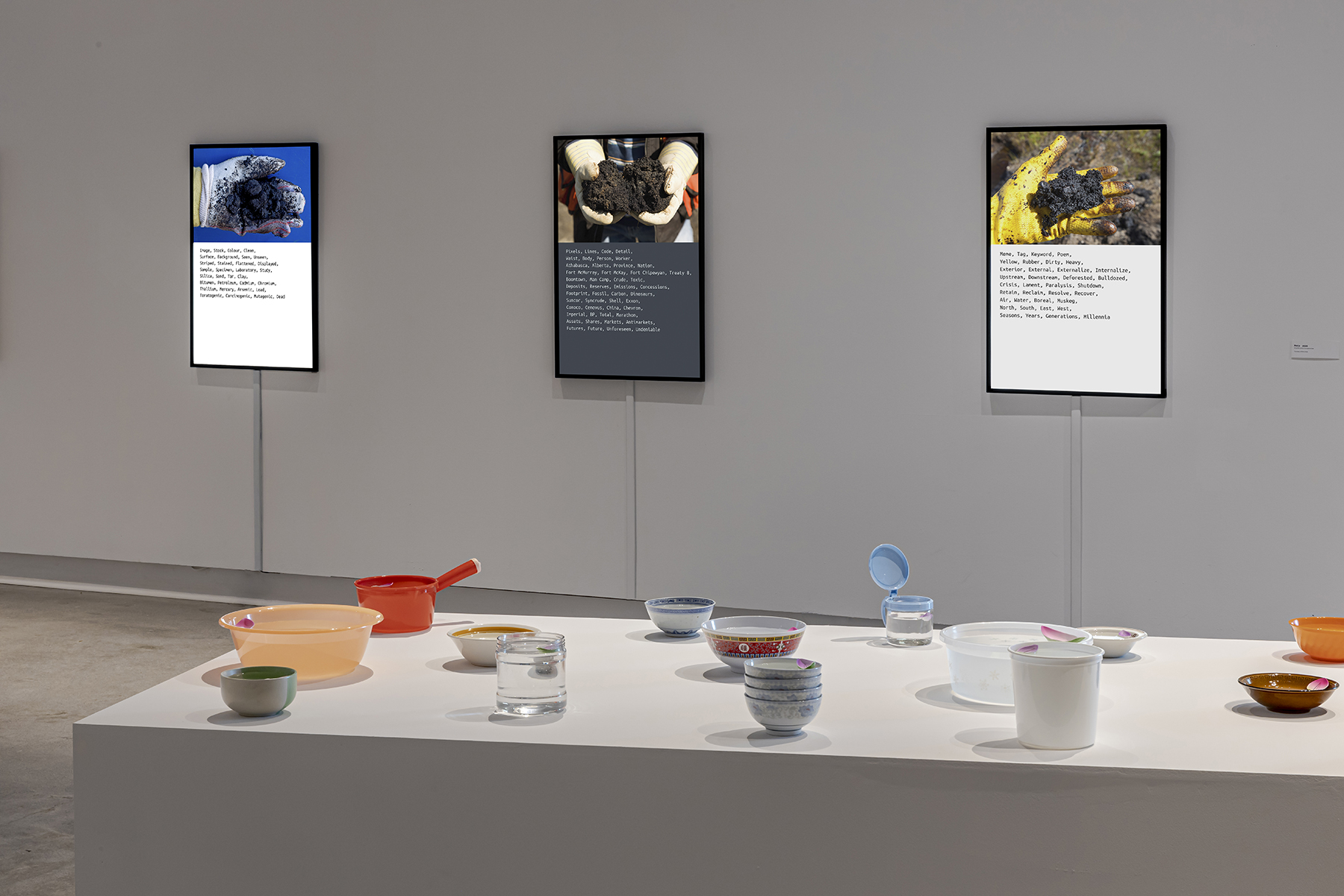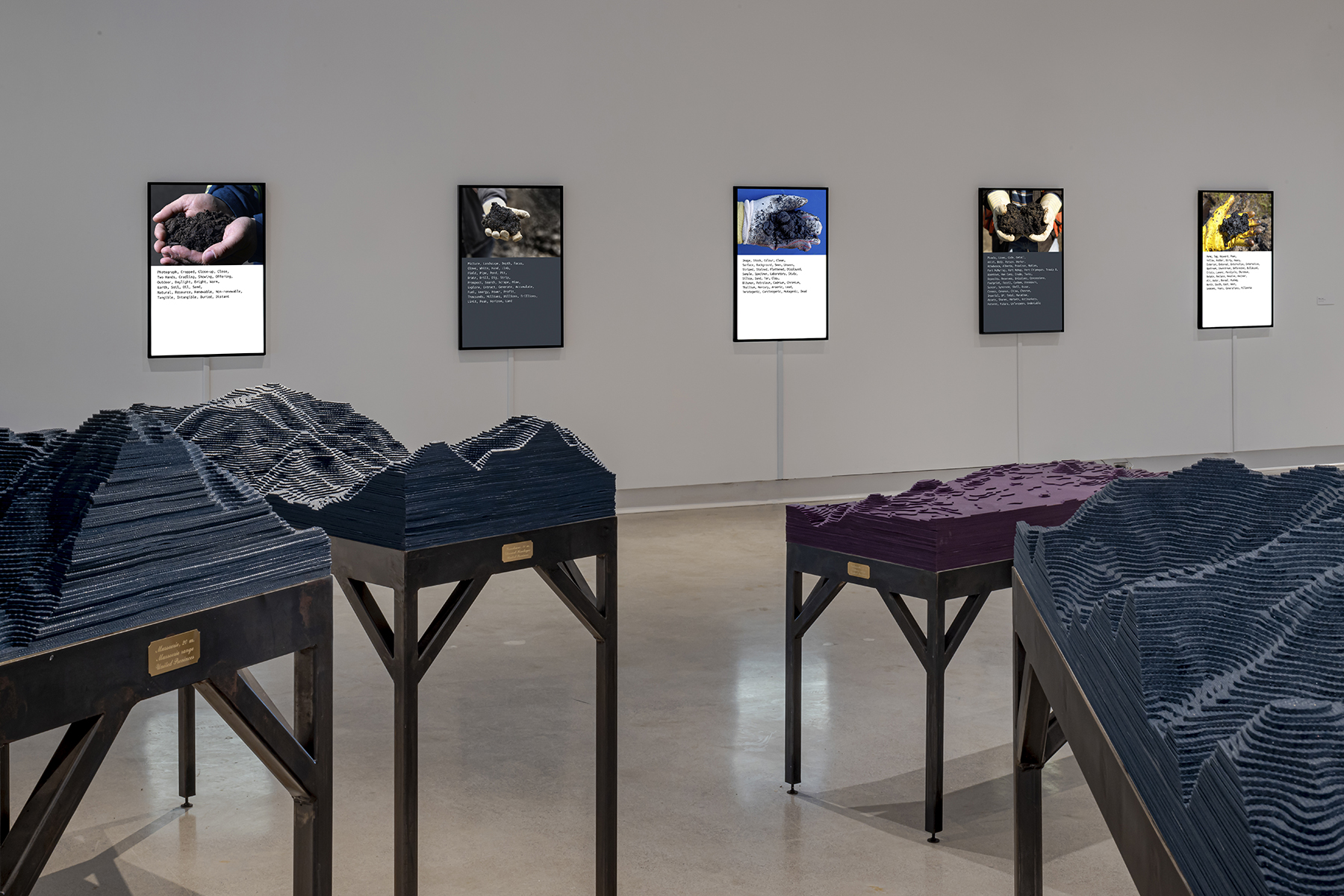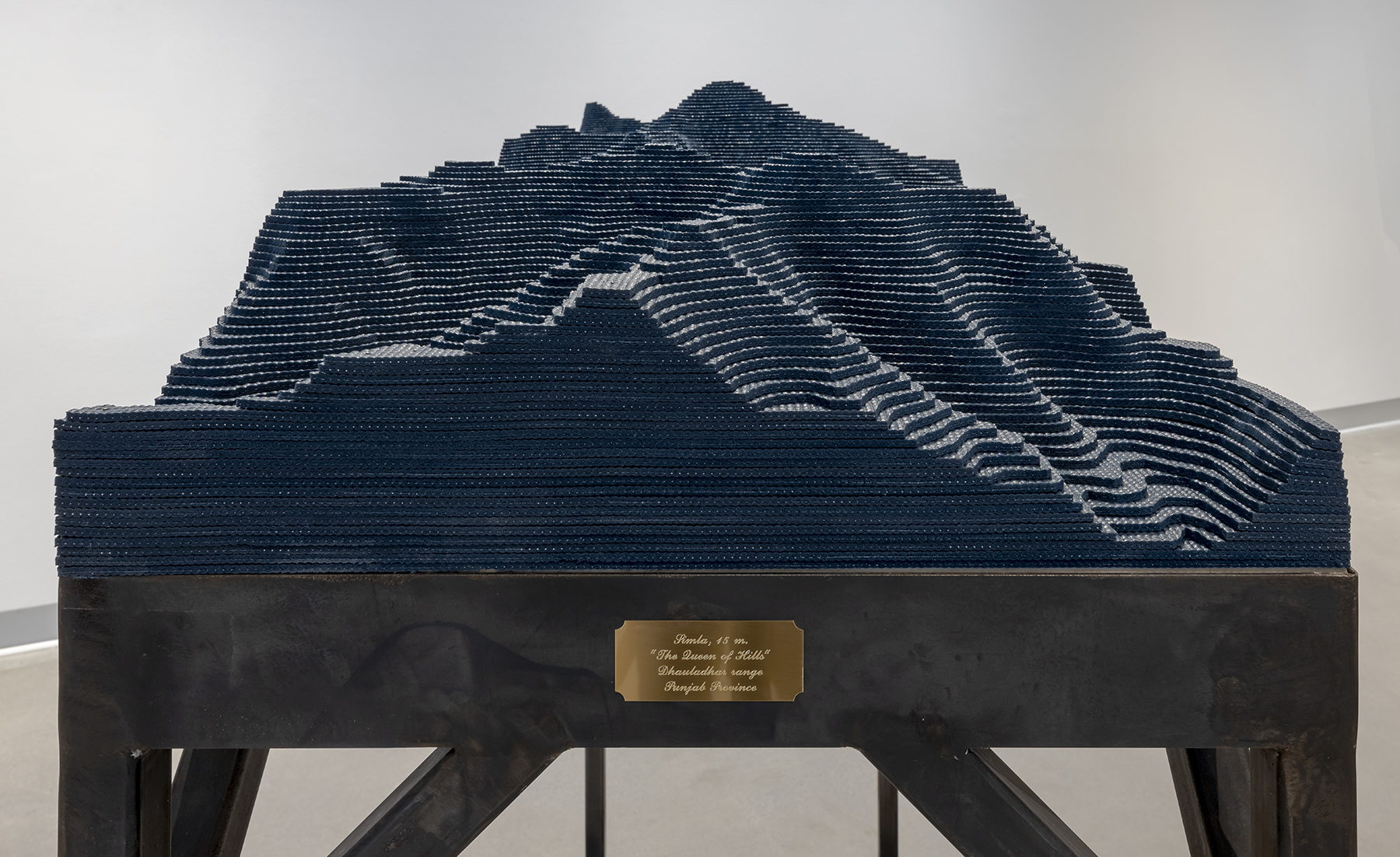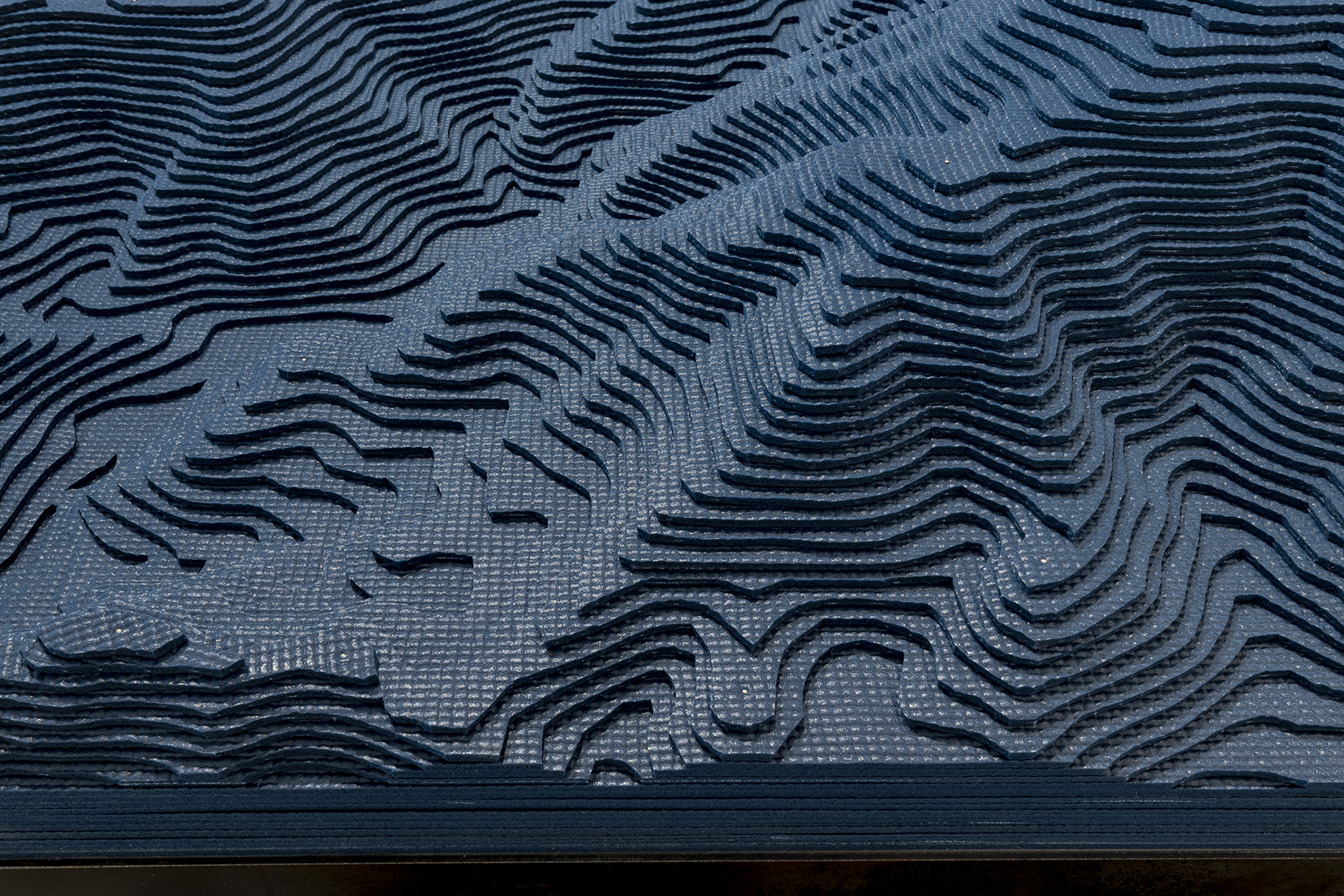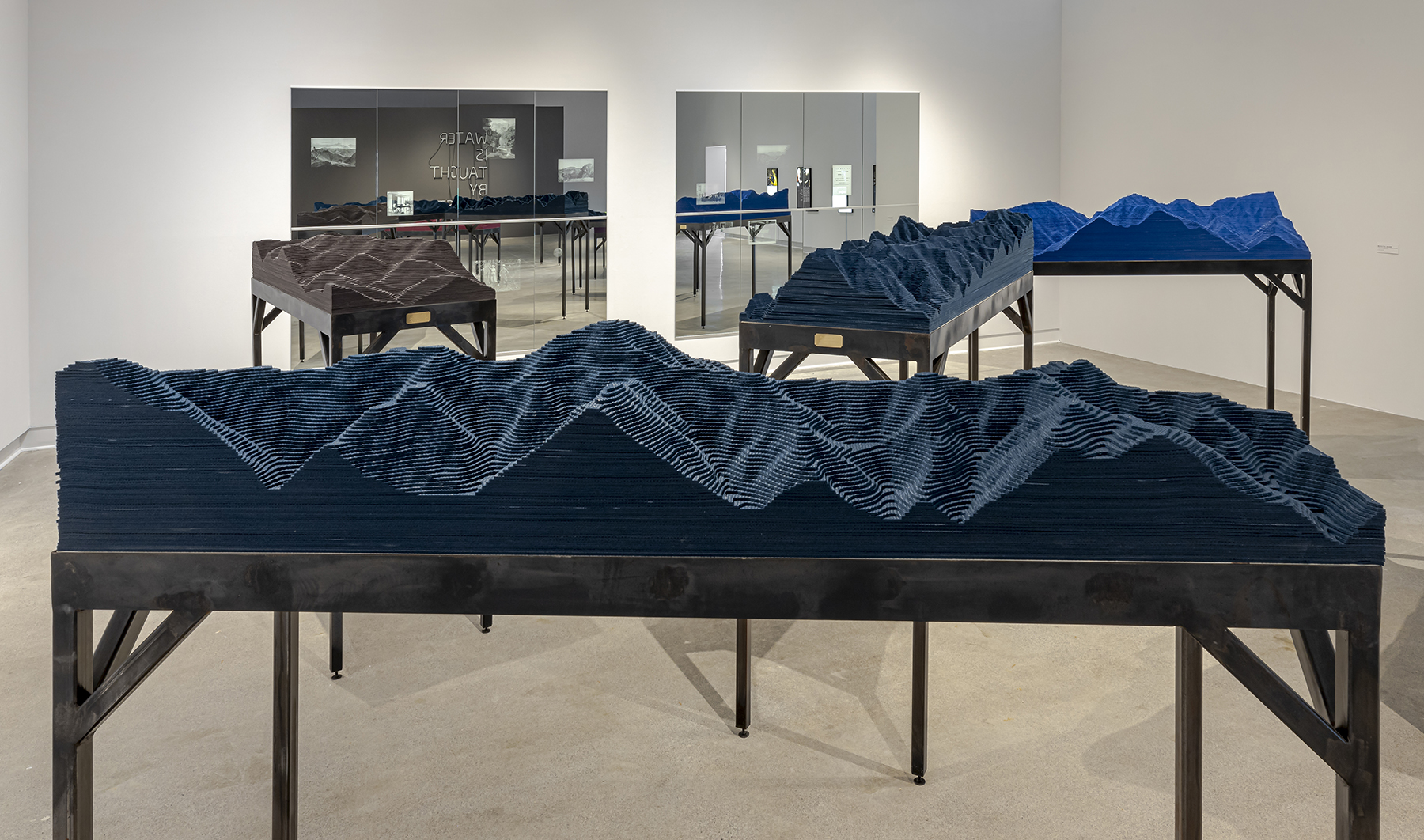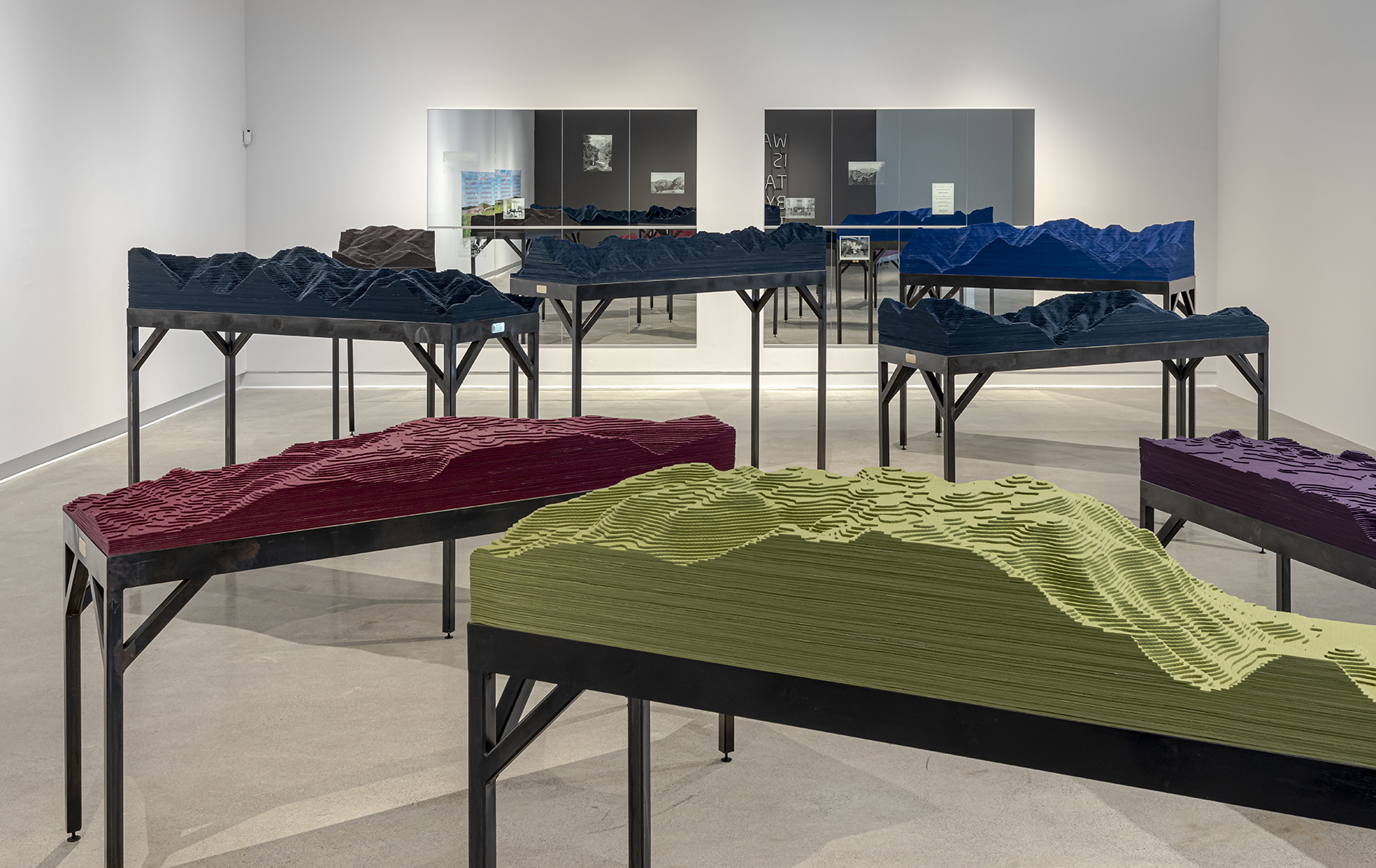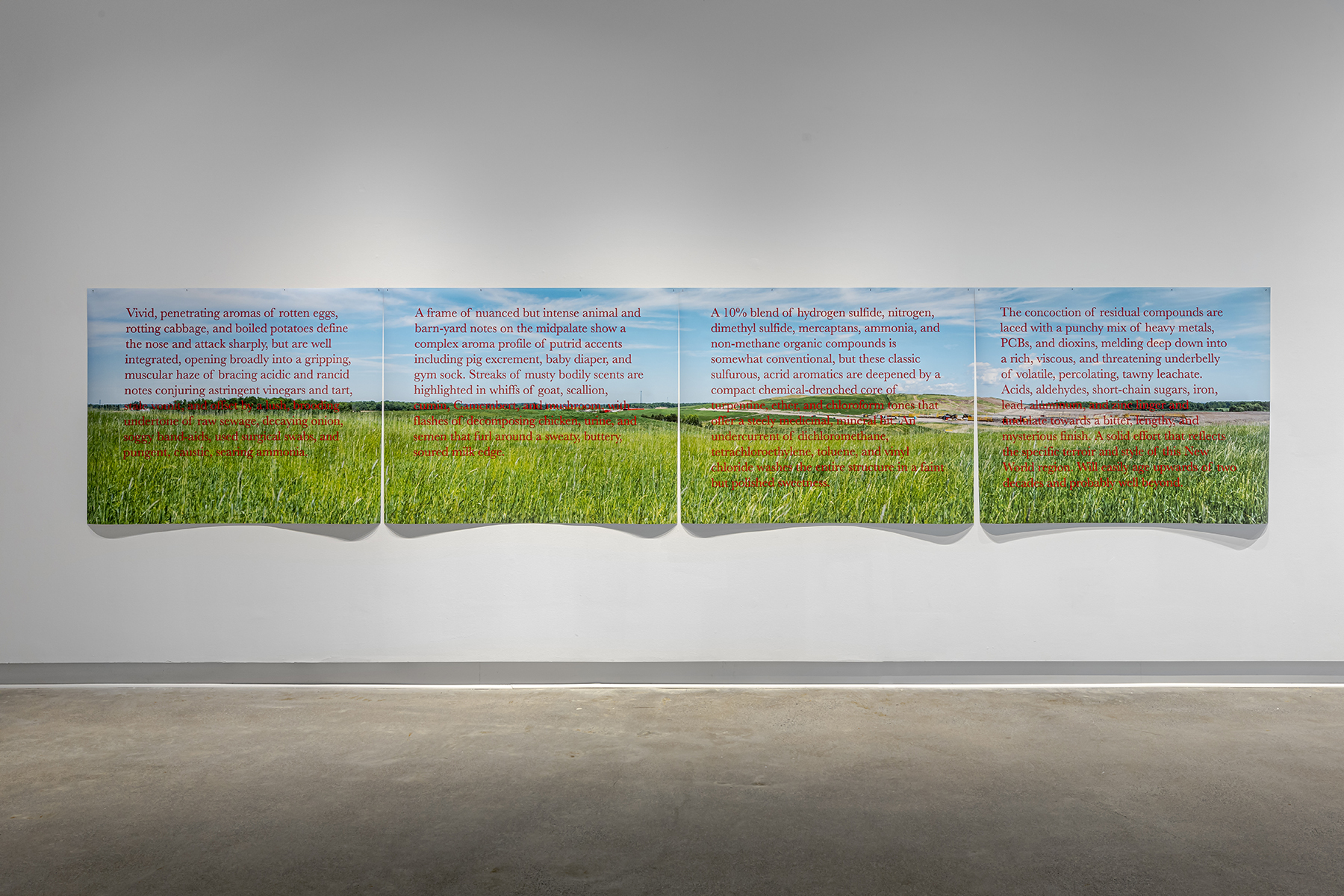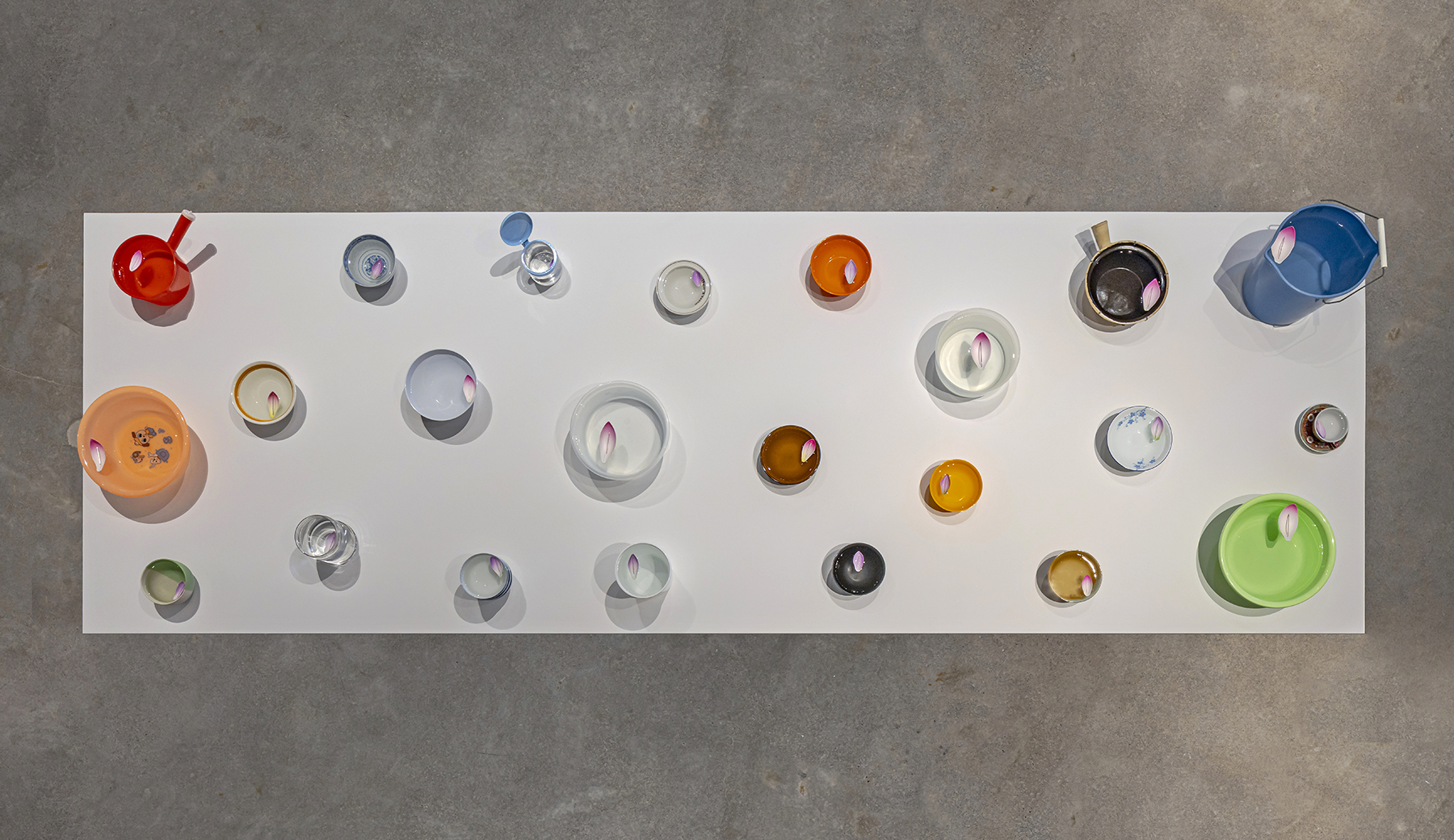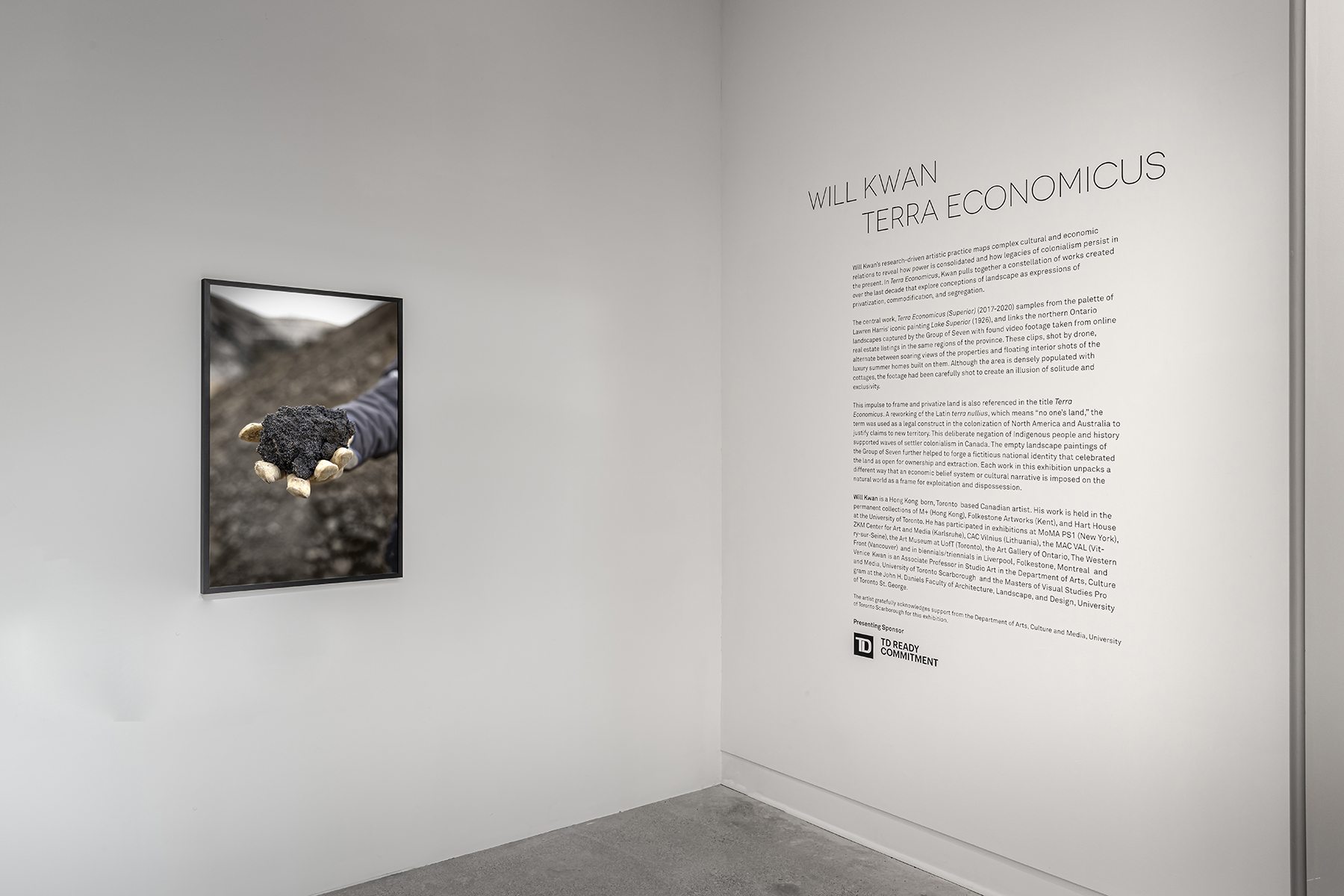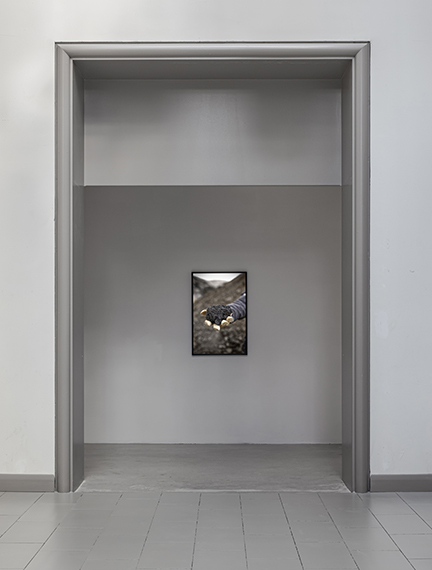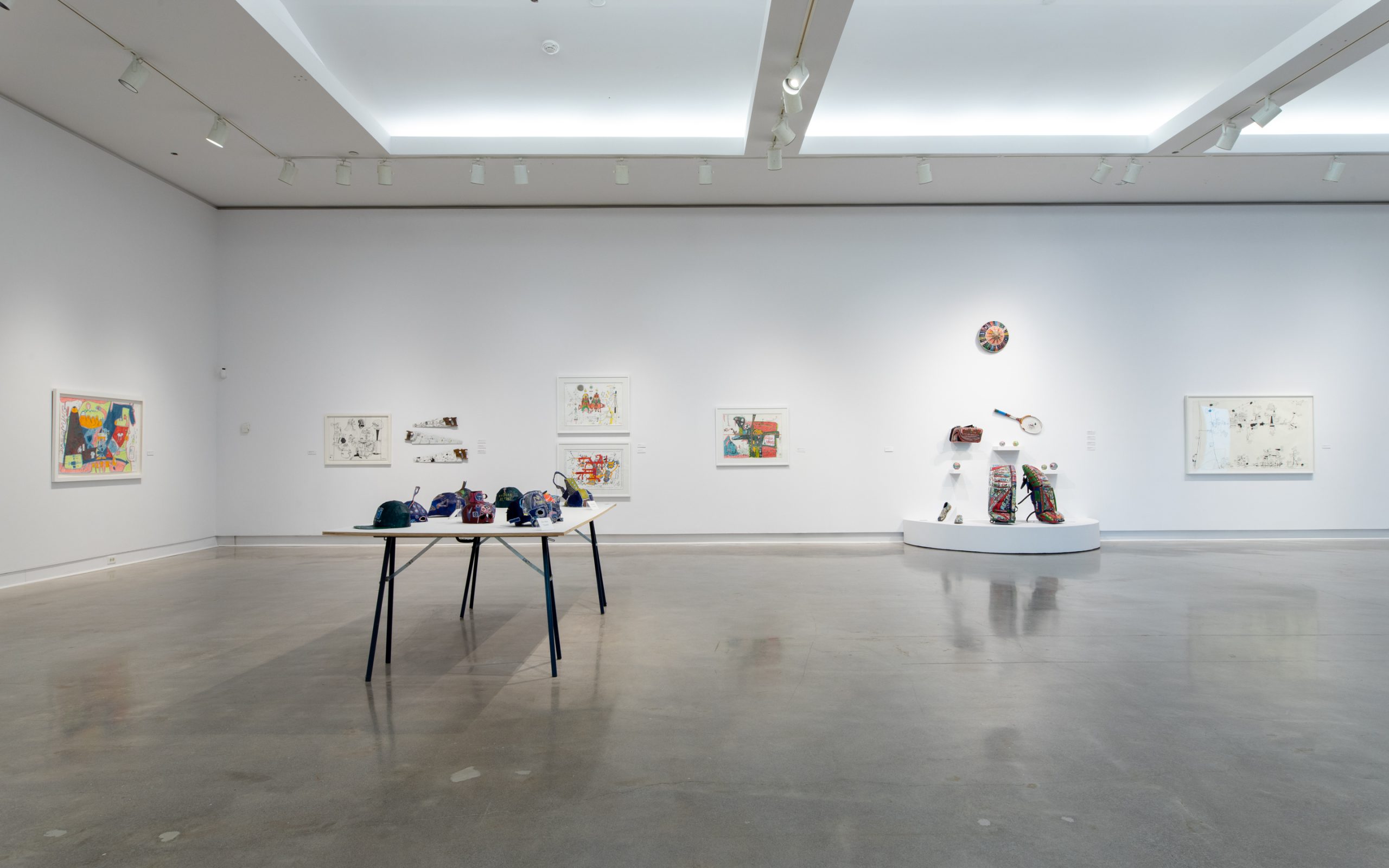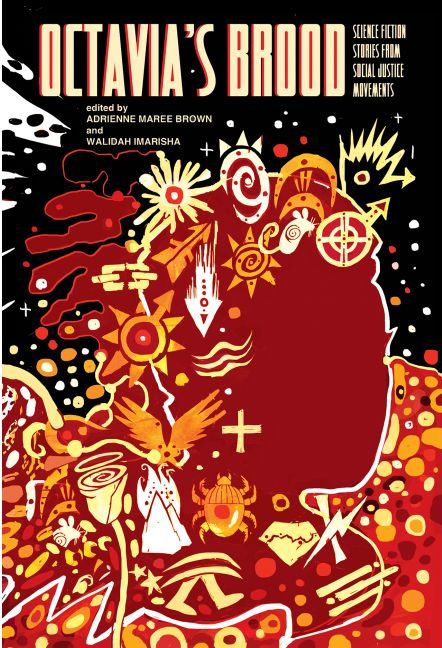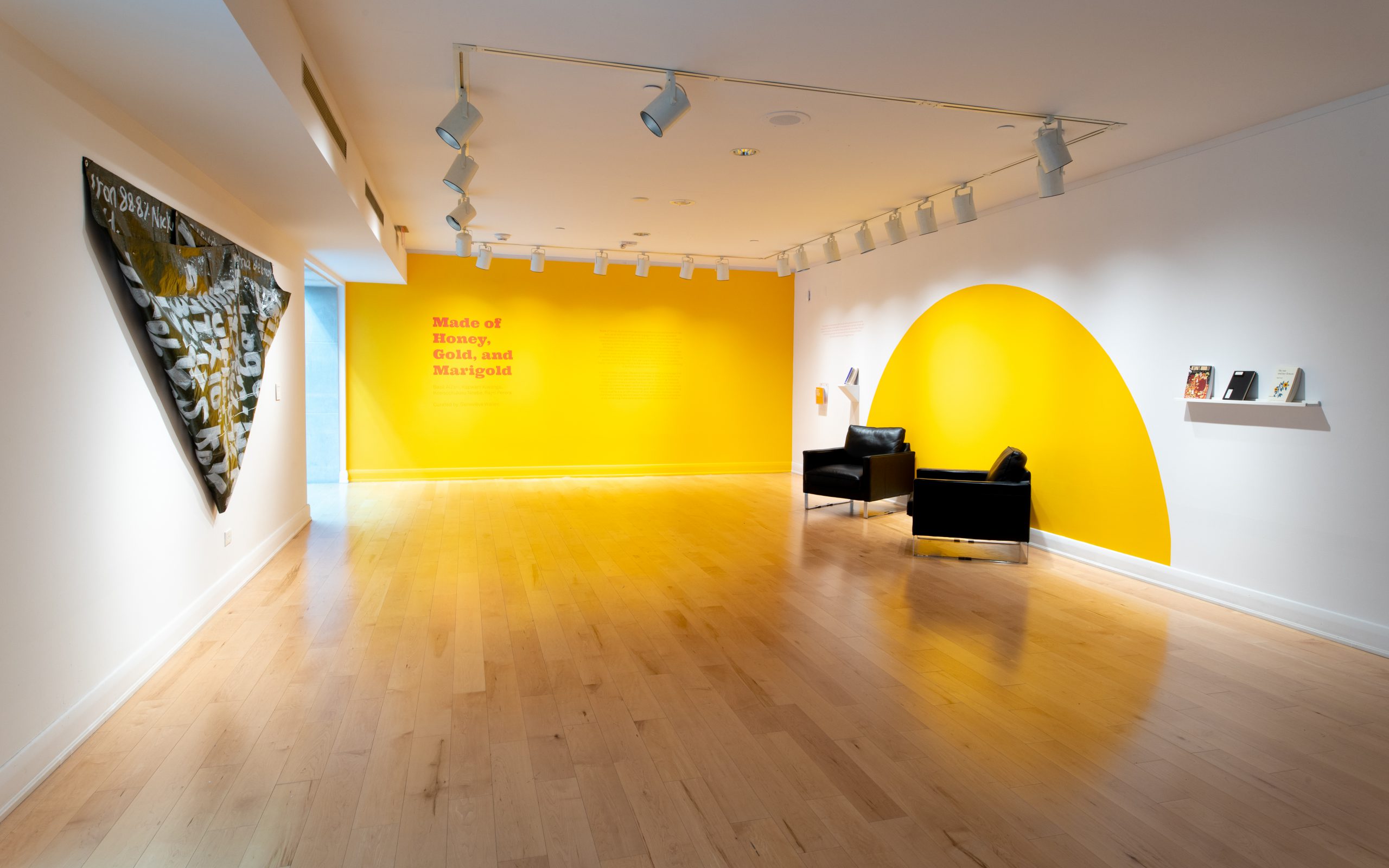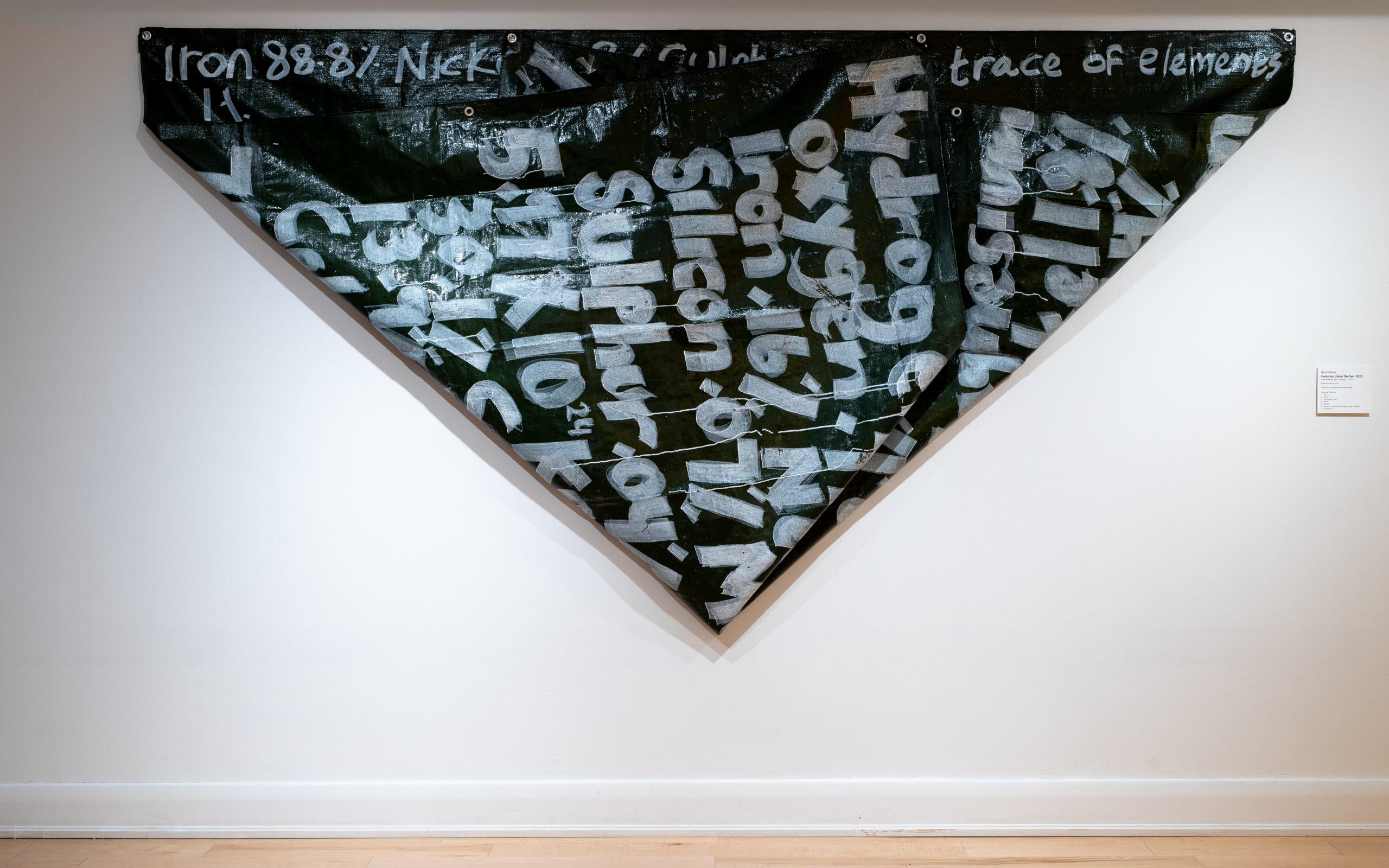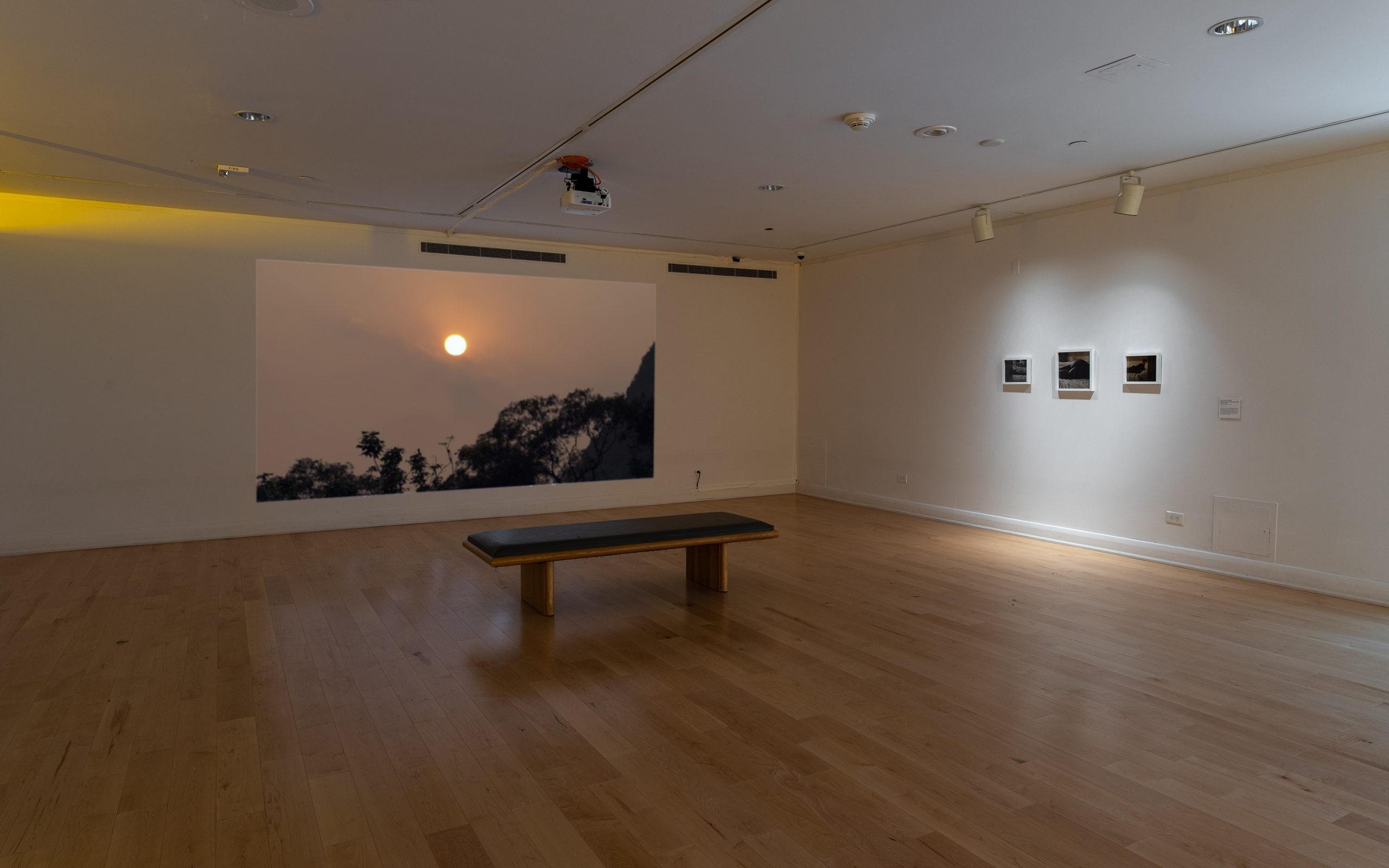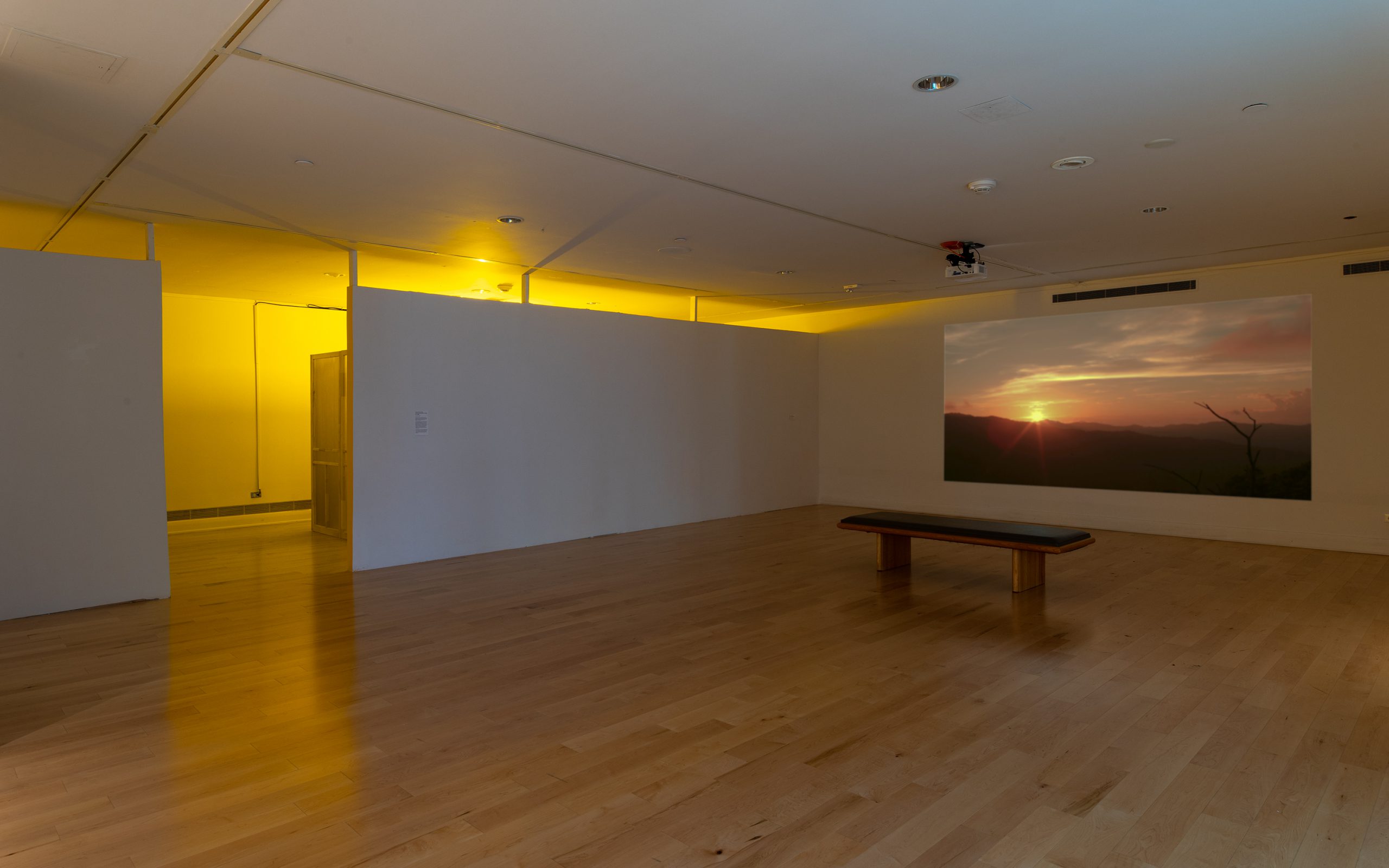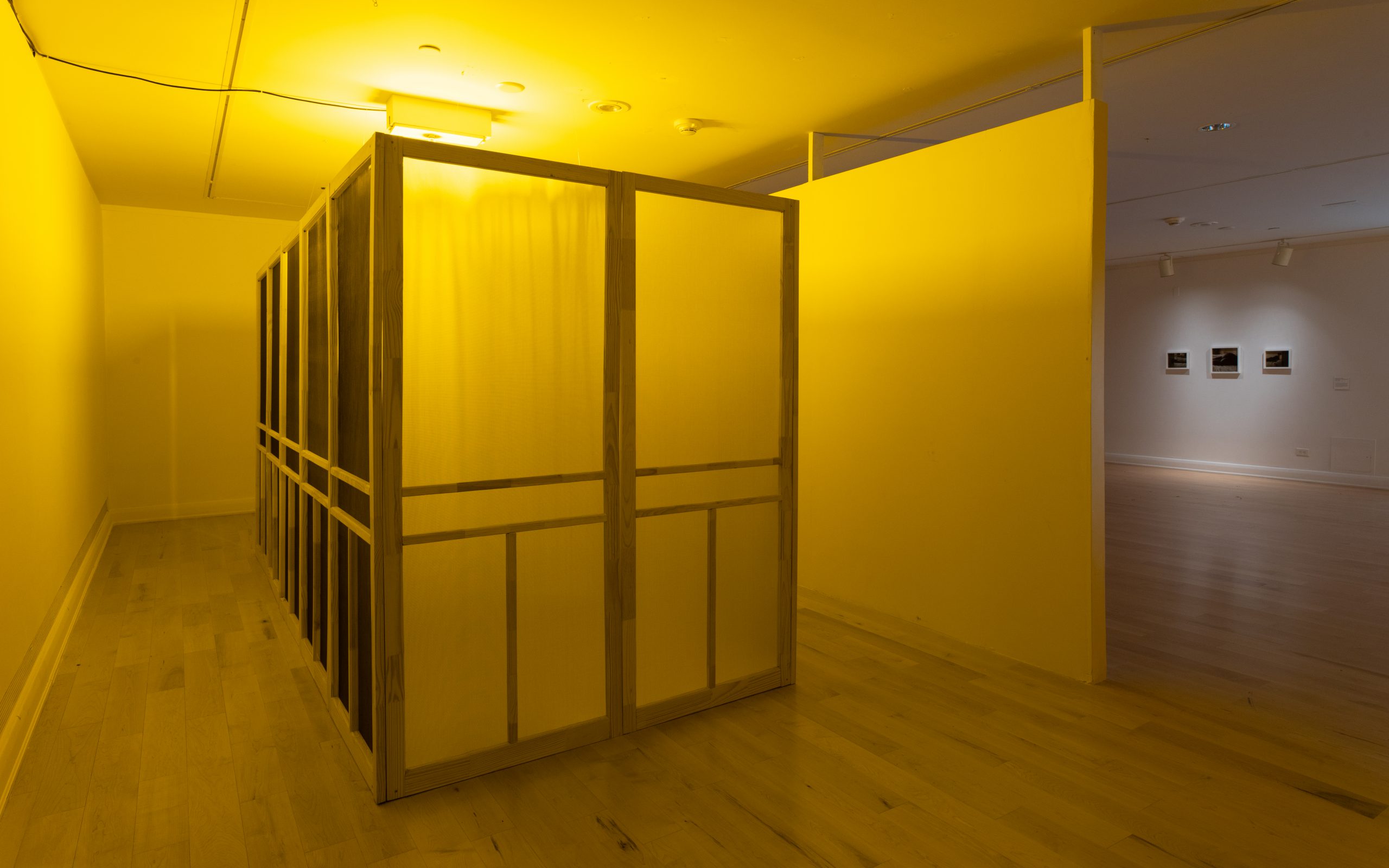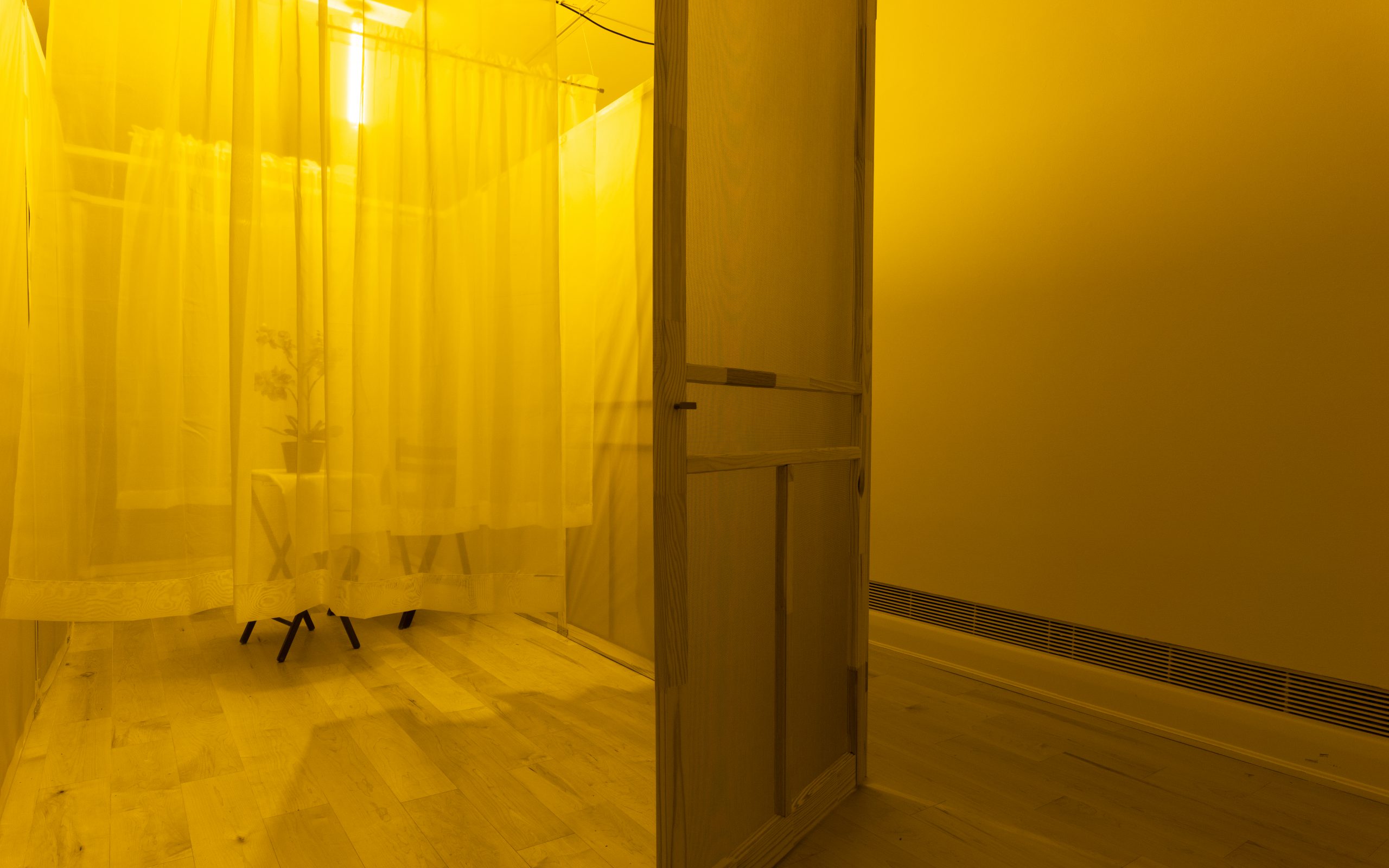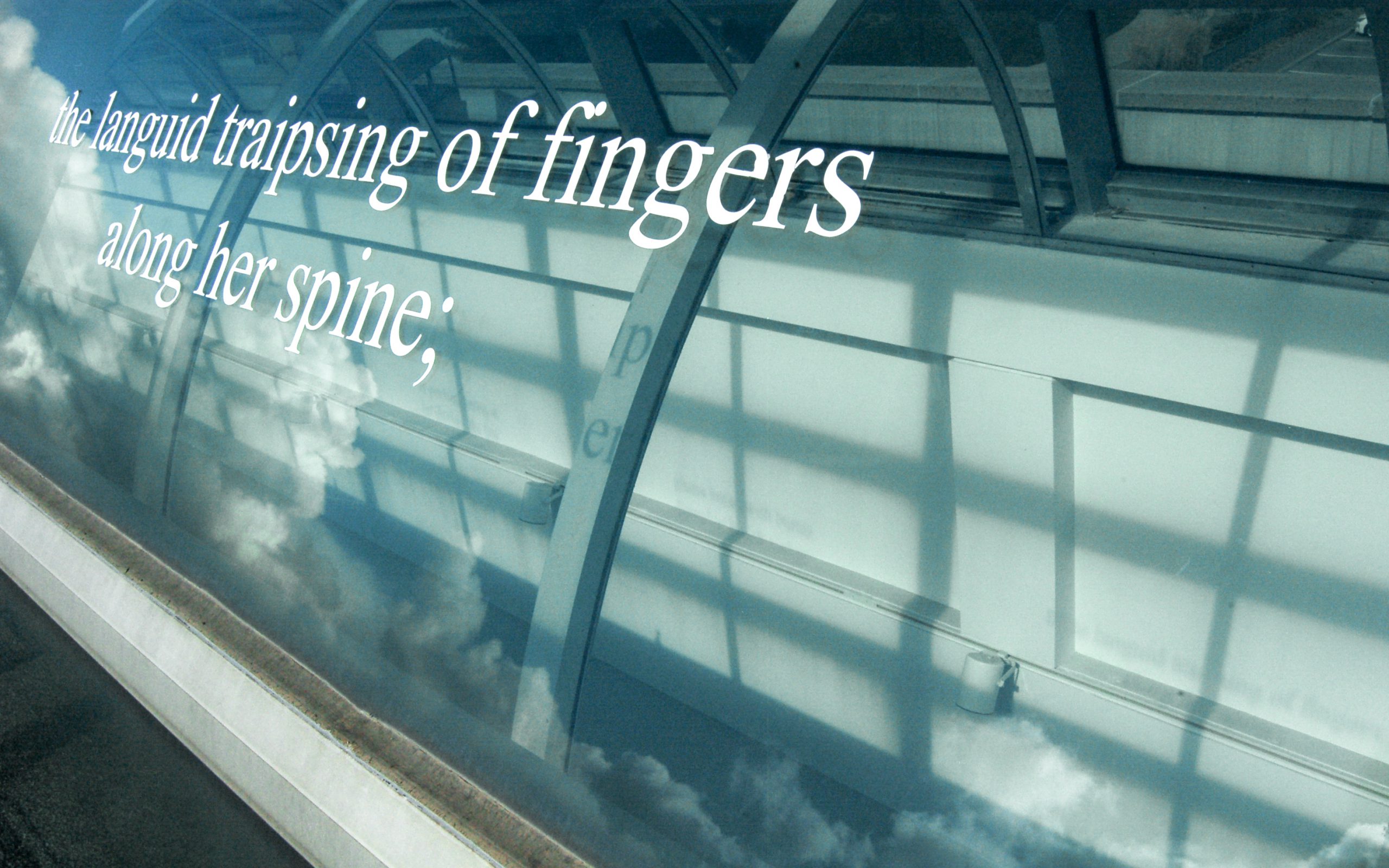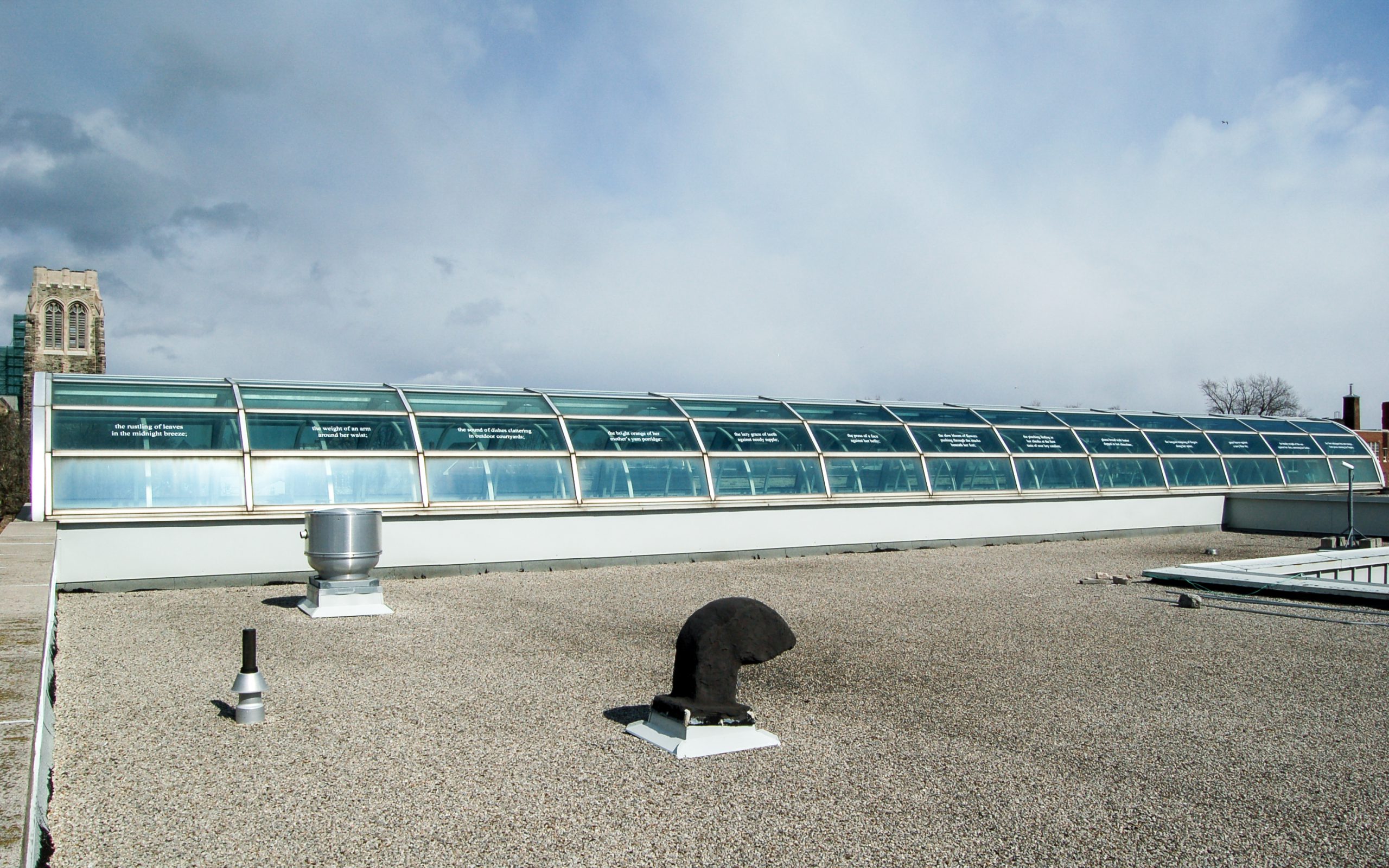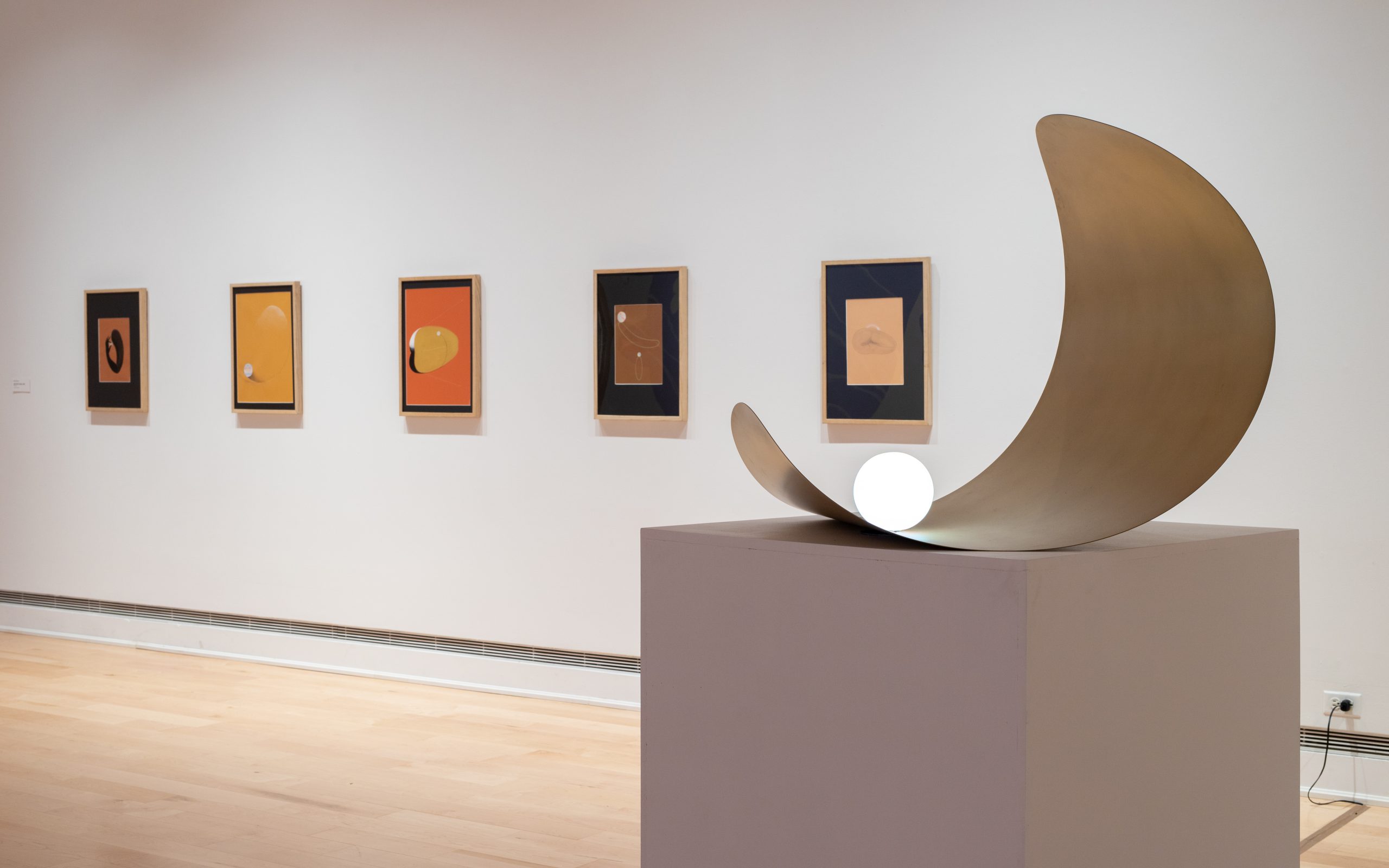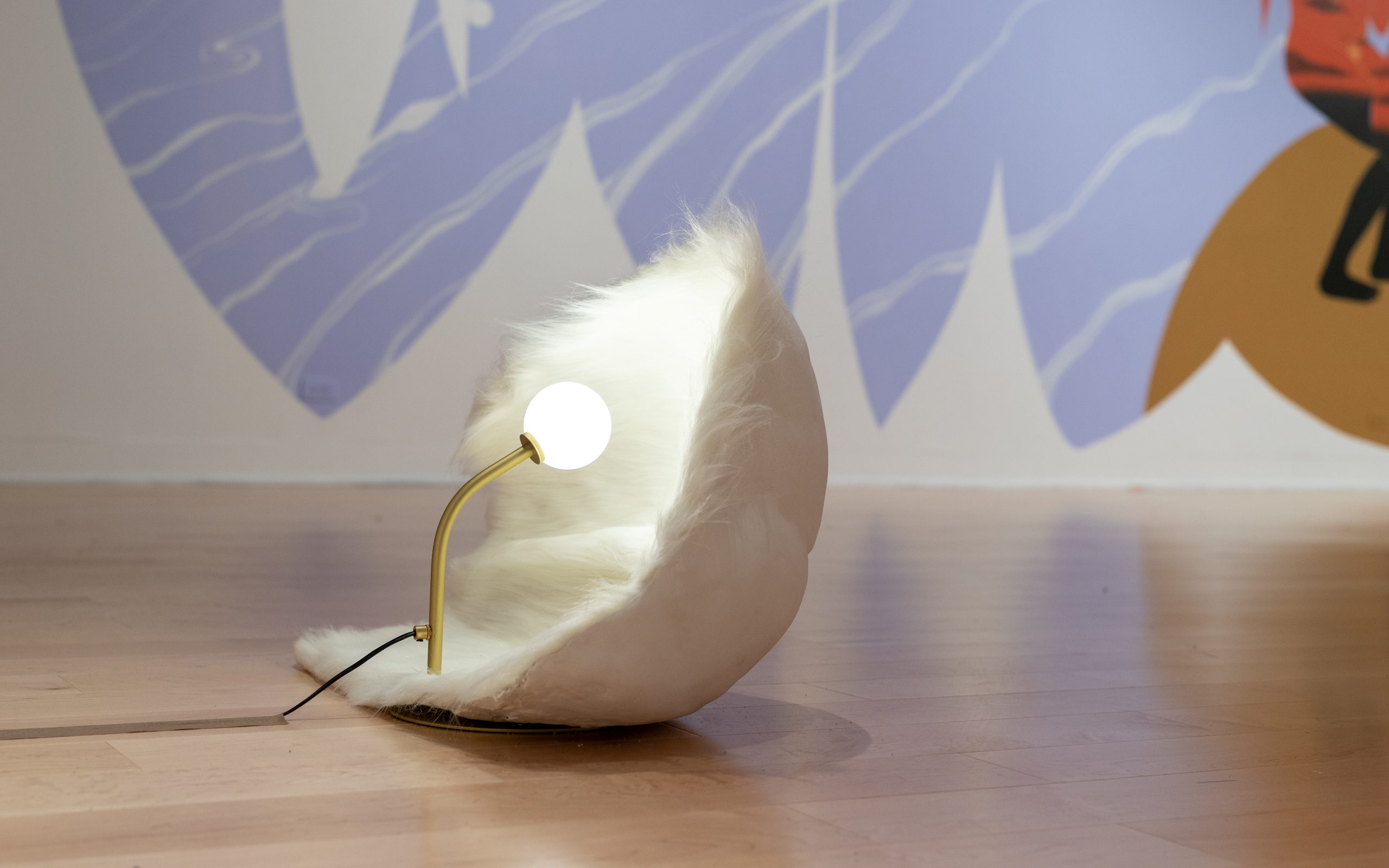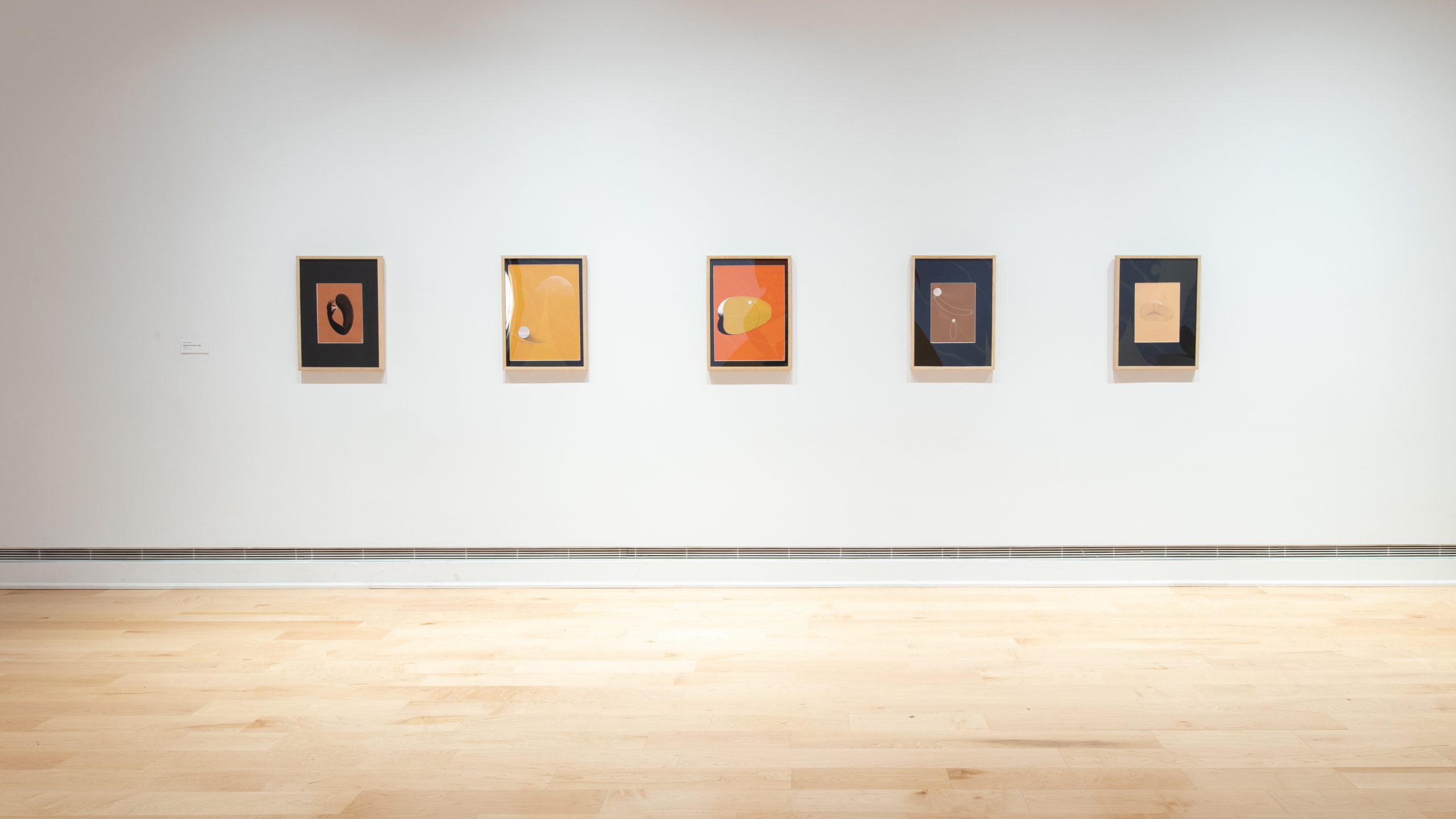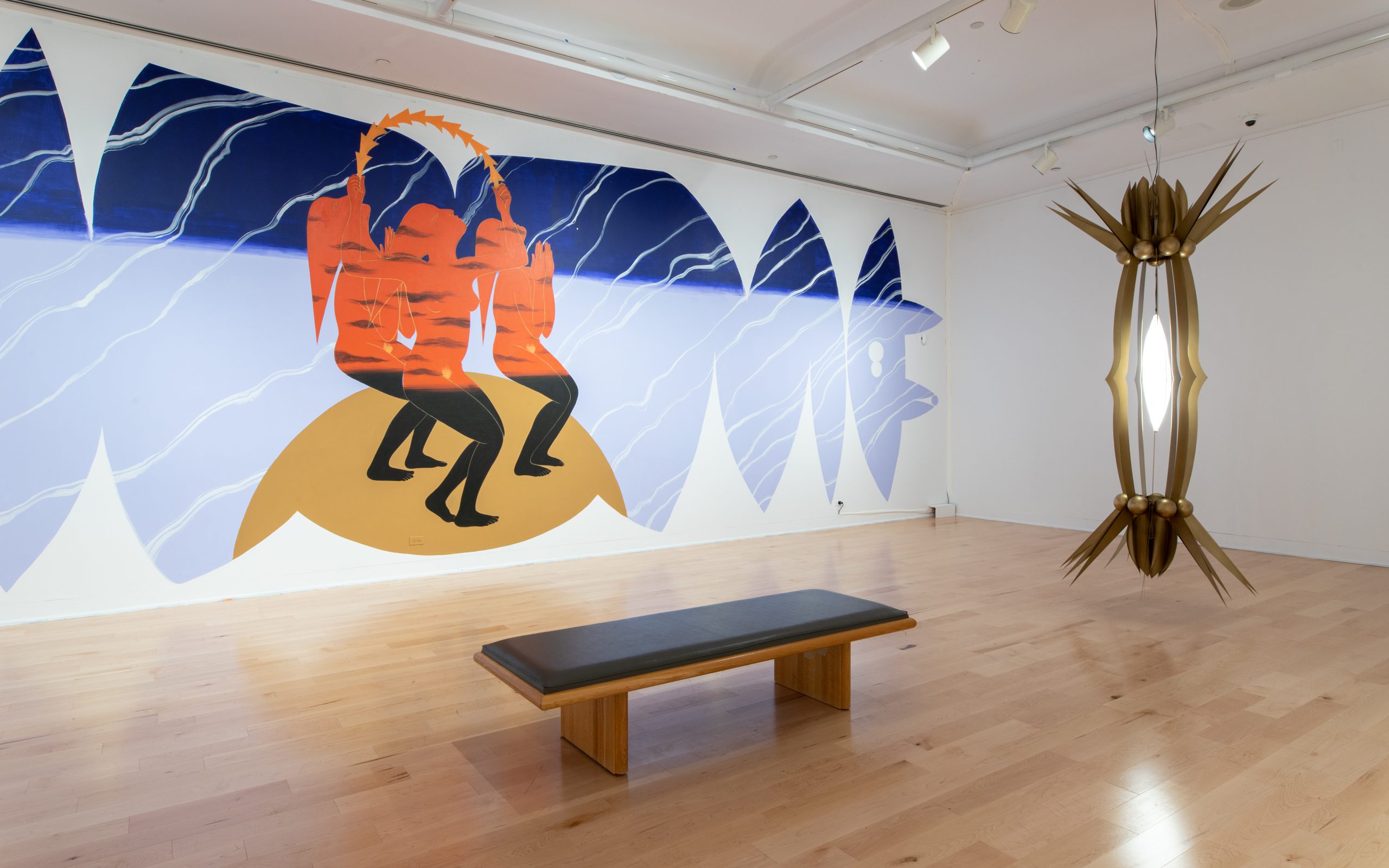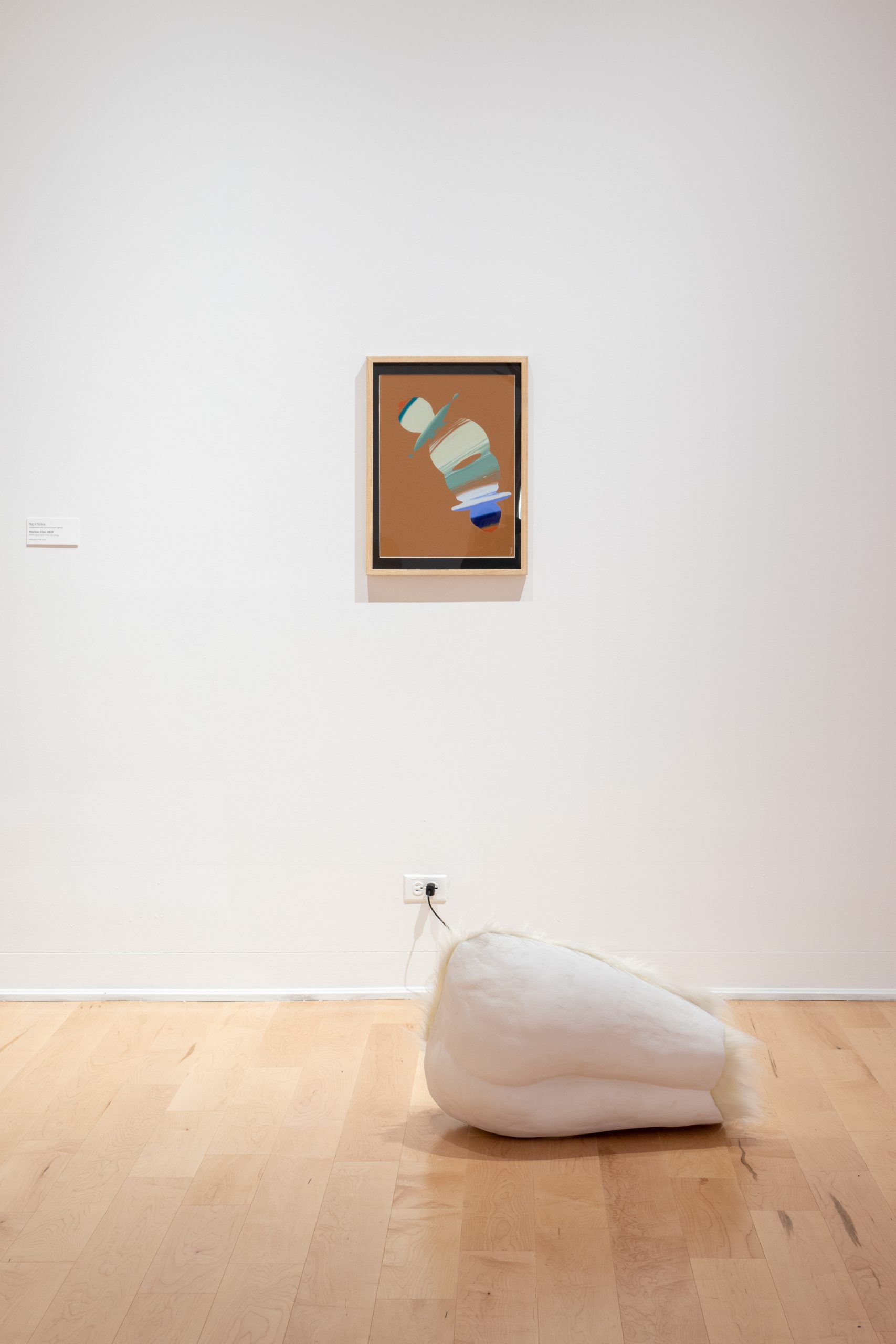“Have patience with everything that remains unsolved in your heart… live in the question.”
– Rainer Maria Rilke, Letters to a Young Poet
Tune in to a conversation between Tim Whiten and Erika DeFreitas, filmed at Whiten’s Toronto studio. During this recorded talk, both discuss their creative process, reflect on influences, and share recent work related to their shared interests in metaphysics, art, and ritual practices.
Tim Whiten’s broad and prolific creative practice reflects a life devoted to pursuing the nature of consciousness and the human condition. Drawing from over fifty years of production, this exhibition features sculptures and works on paper from the early 1970s to the present, representing material explorations of ritual, embodiment, ancestral knowledge, and transcendence. His work acts as a living question, attempting to reveal what cannot be seen and uniting the physical with the divine.
Elemental is part of an expanded, multi-venue retrospective and collaborative publication celebrating Tim Whiten’s career, developed in partnership between the Art Gallery of Peterborough, Art Gallery of York University, Robert McLaughlin Gallery, and McMaster Museum of Art from 2022 to 2023. This series of exhibitions are thematically united by the classical elements of air, water, earth, and fire – referencing Whiten’s interest in alchemical practices. Elemental: Oceanic focuses on the element water and its associations with emotions, intuition, imagination, and the infinite. The oceanic has also been a concept used by mystics and theologians to describe the feeling of the eternal, and the ineffable experiences of unity and oneness between all beings. In this exhibition, Whiten’s drawings and sculptural works reflect this energy through a refined pallet of natural materials—leather, bone, glass, iron, graphite and cloth—which become charged with connotative potential. Referencing the cyclical nature of life, the work is a reminder that to live with the remembrance of death is to live fully and expansively.
Tim Whiten was born in Inkster, Michigan in 1941. In 1964, he received a B.S. from Central Michigan University, College of Applied Arts and Science, and in 1966 completed his M.F.A. at the University of Oregon, School of Architecture and Allied Arts. After immigrating to Canada in 1968, he taught in the Department of Visual Arts at York University for 39 years. An award-winning educator, he was also Chair of the University’s Department of Visual Arts where he is currently Professor Emeritus. Since 1962, he has had work presented in exhibitions throughout North America and internationally and it is included in numerous private, public, and corporate collections, such as the National Gallery of Canada, the Art Gallery of Ontario, and the Fine Arts Museums of San Francisco (both the de Young and the Legion of Honor/ Achenbach Foundation for the Graphic Arts). Based in Toronto, Tim Whiten is represented by Olga Korper Gallery.
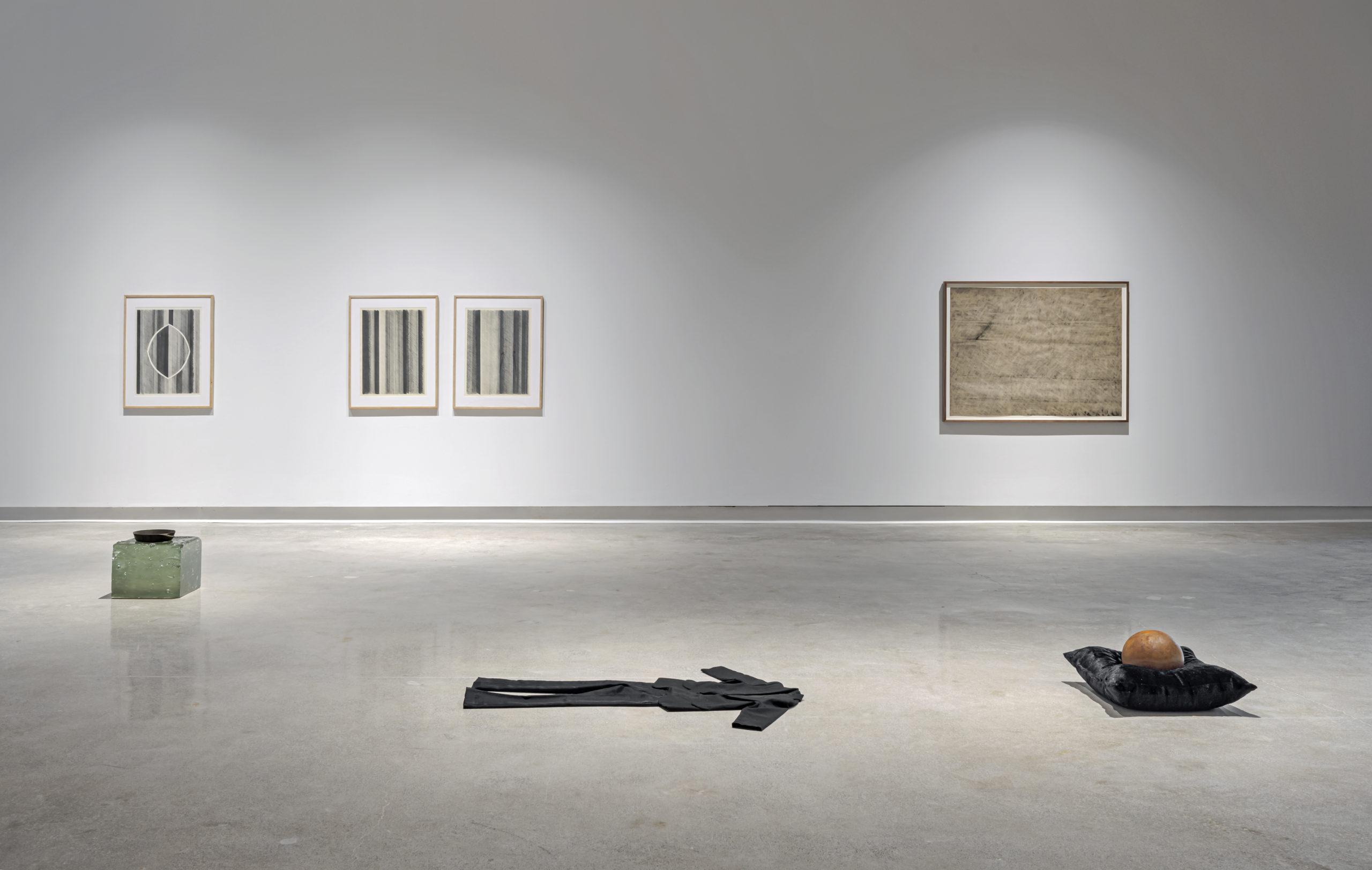

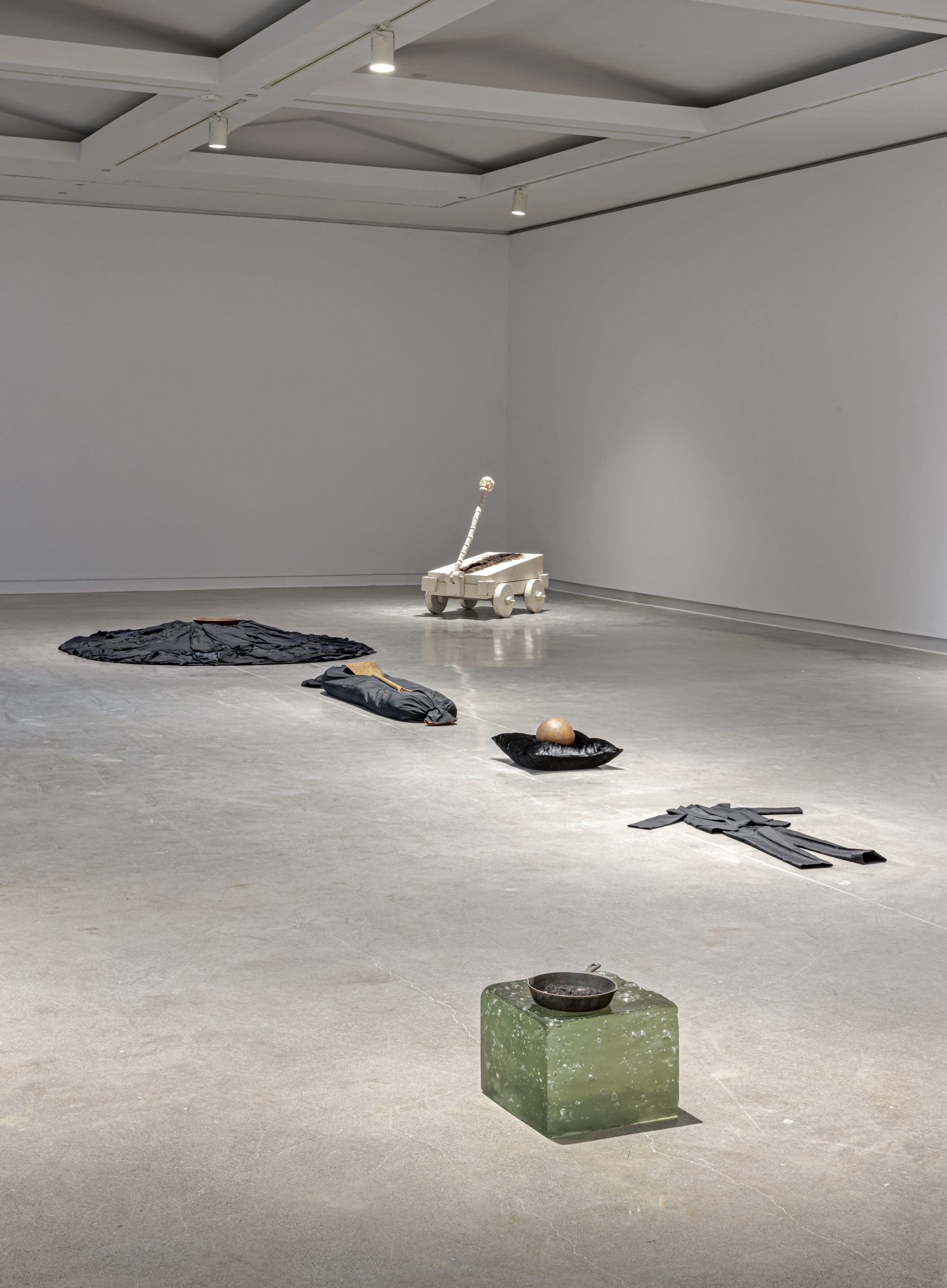

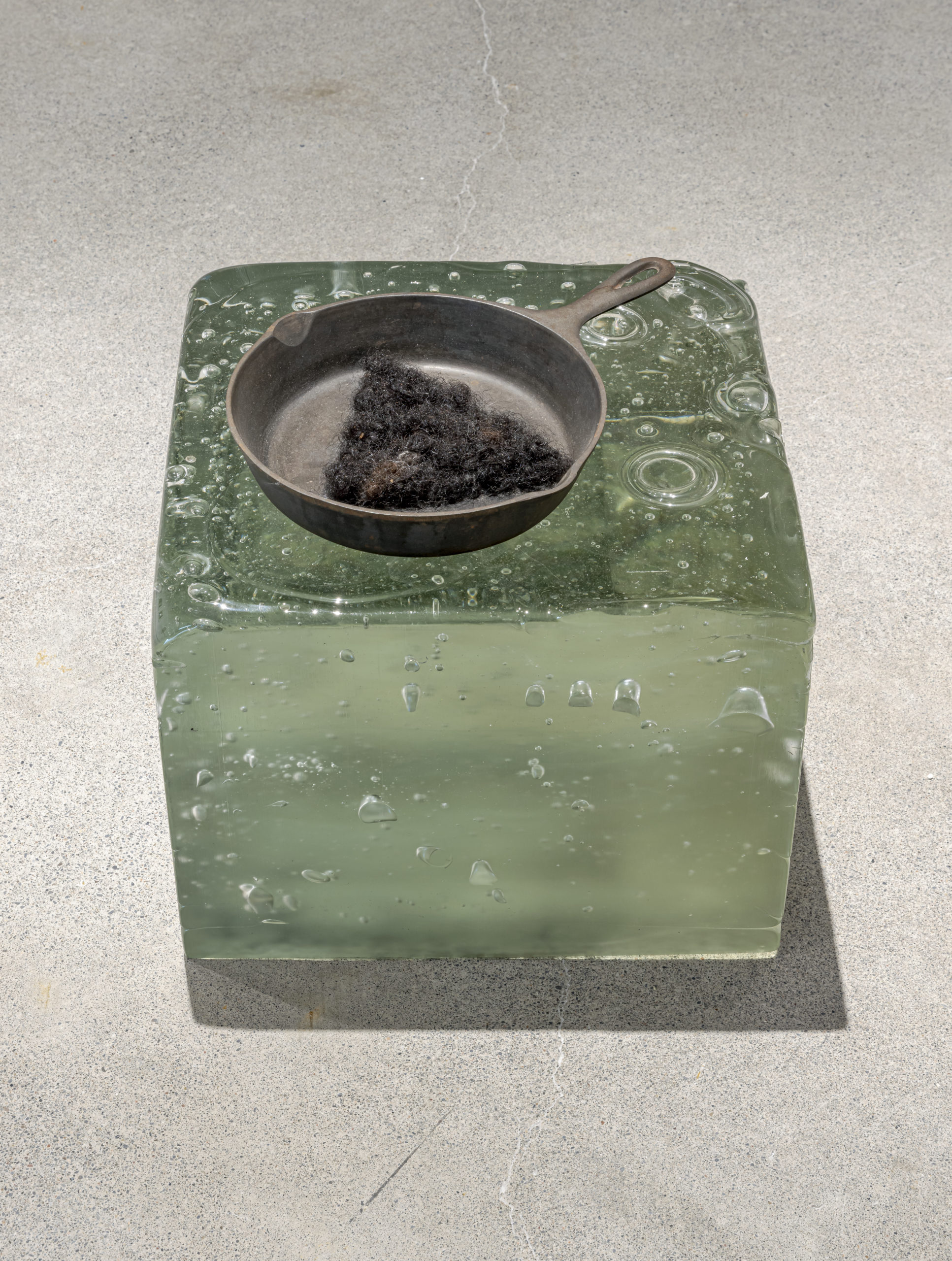


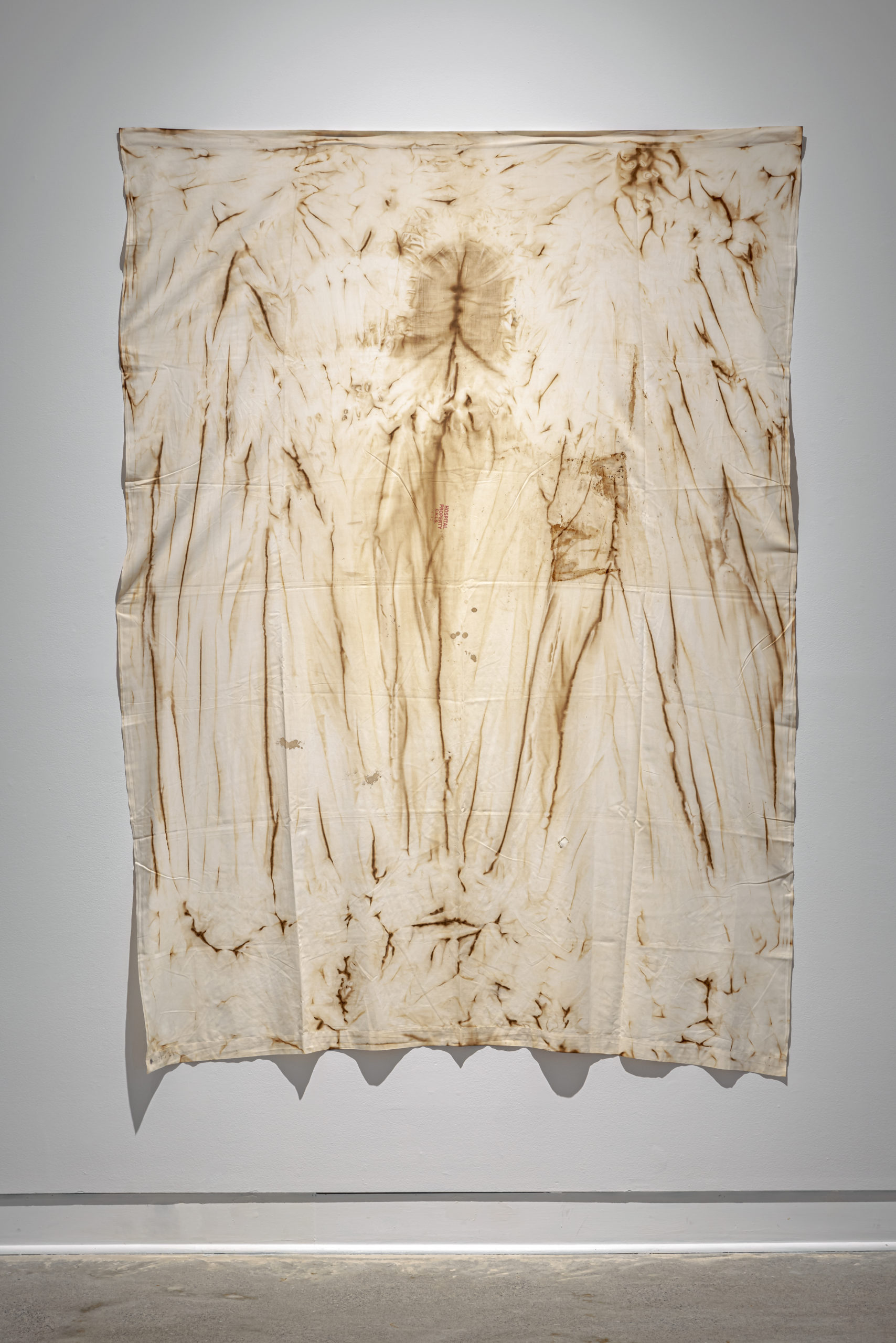
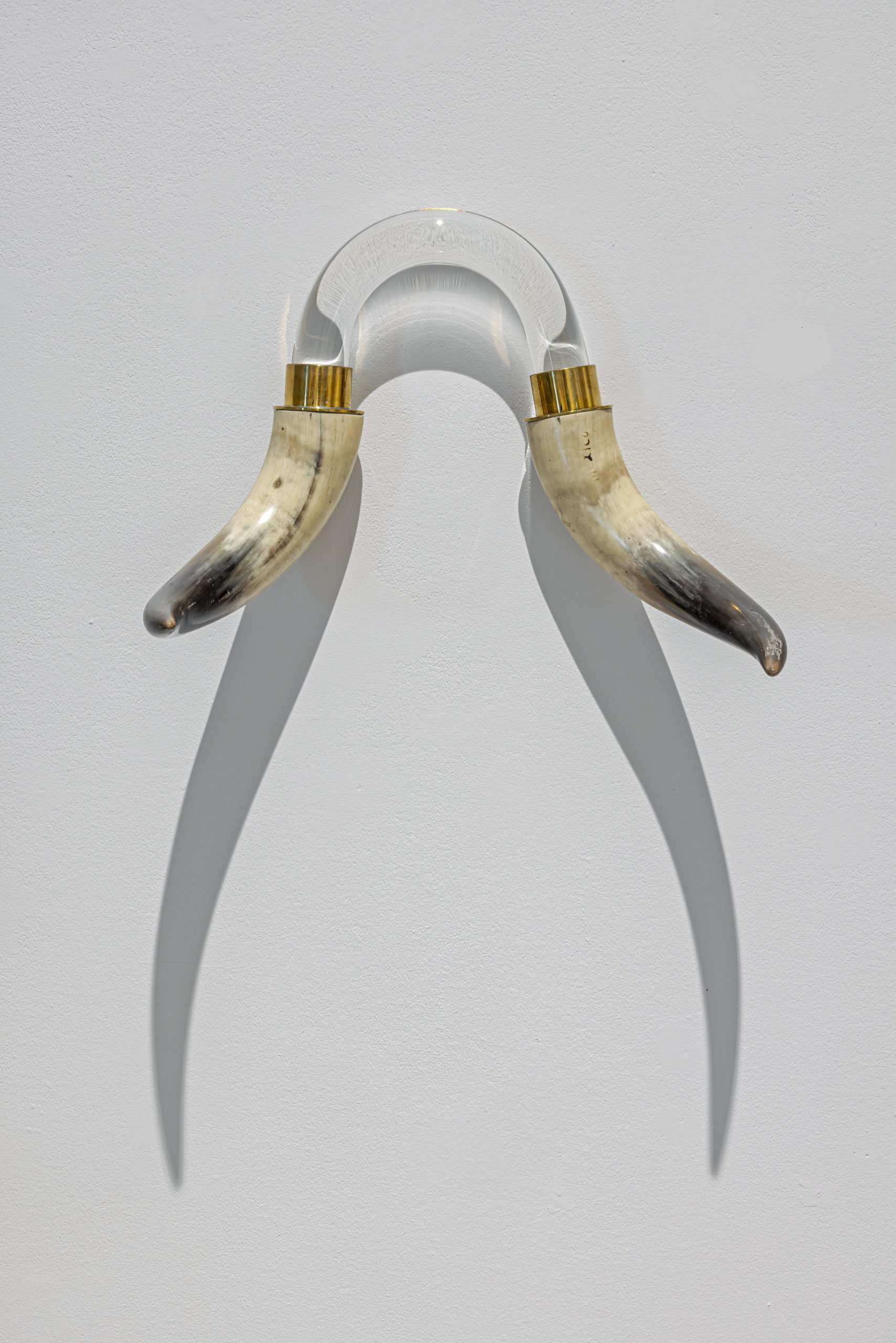

Images: Tim Whiten – Elemental: Oceanic at The Robert McLaughlin Gallery, 2022. Documentation by Toni Hafkenscheid.



